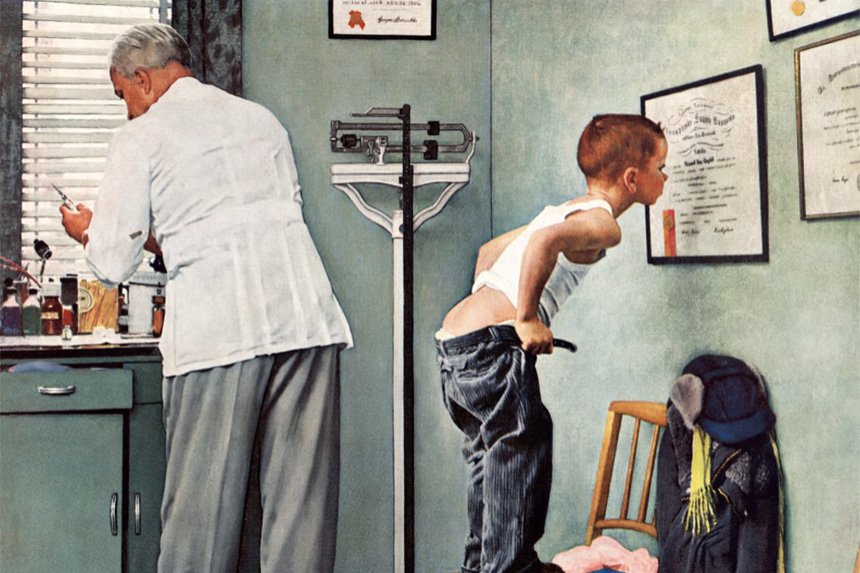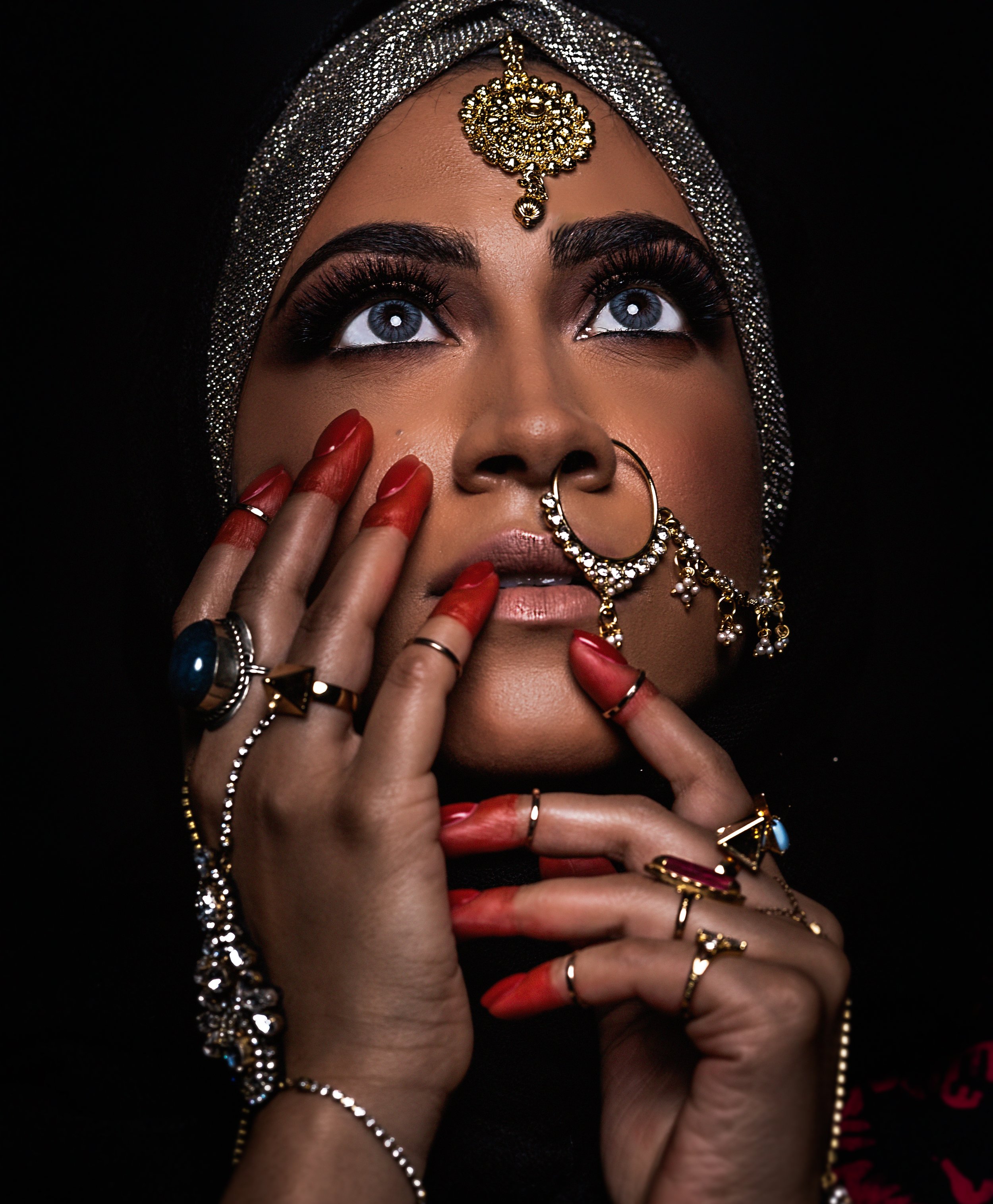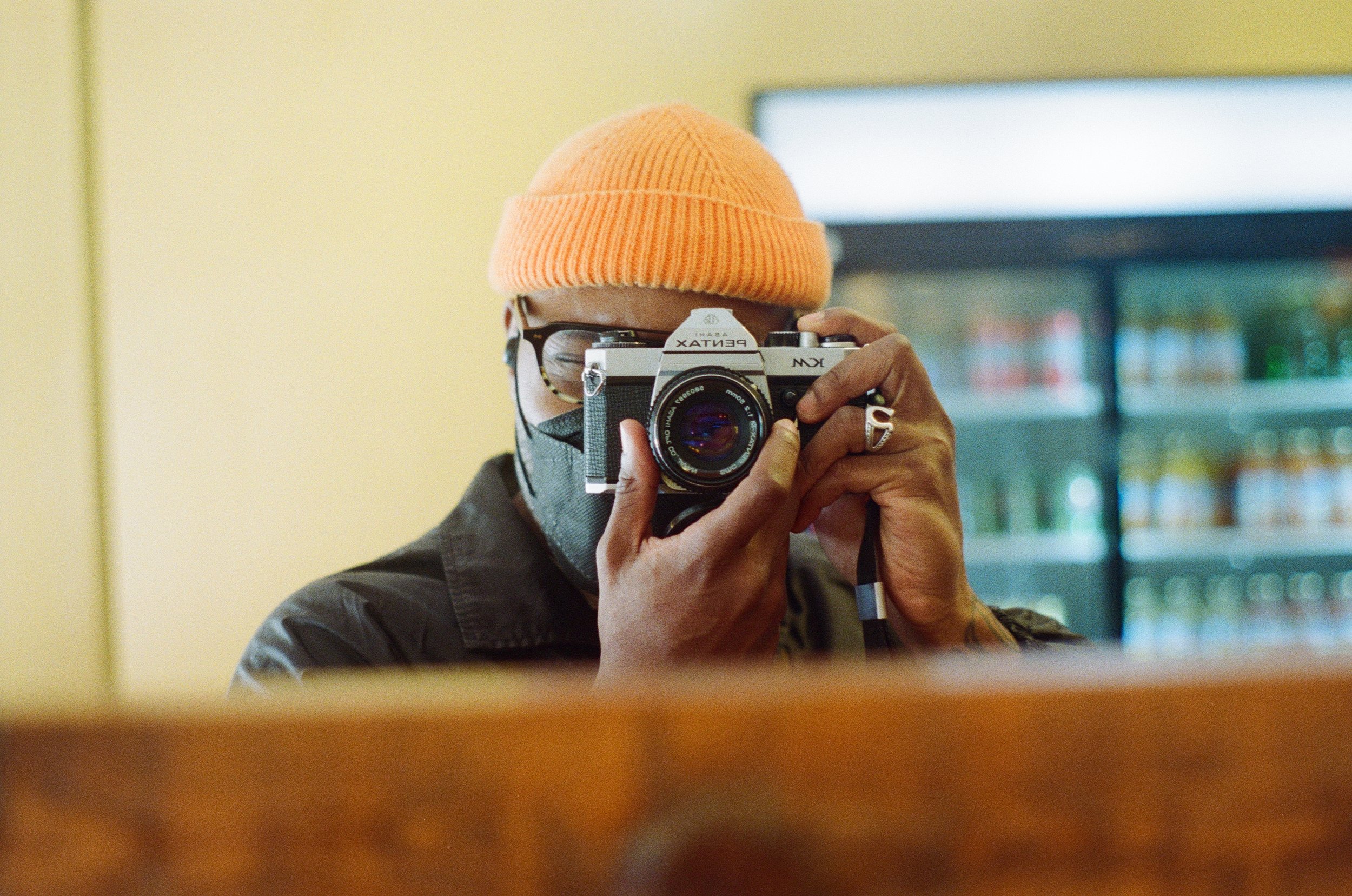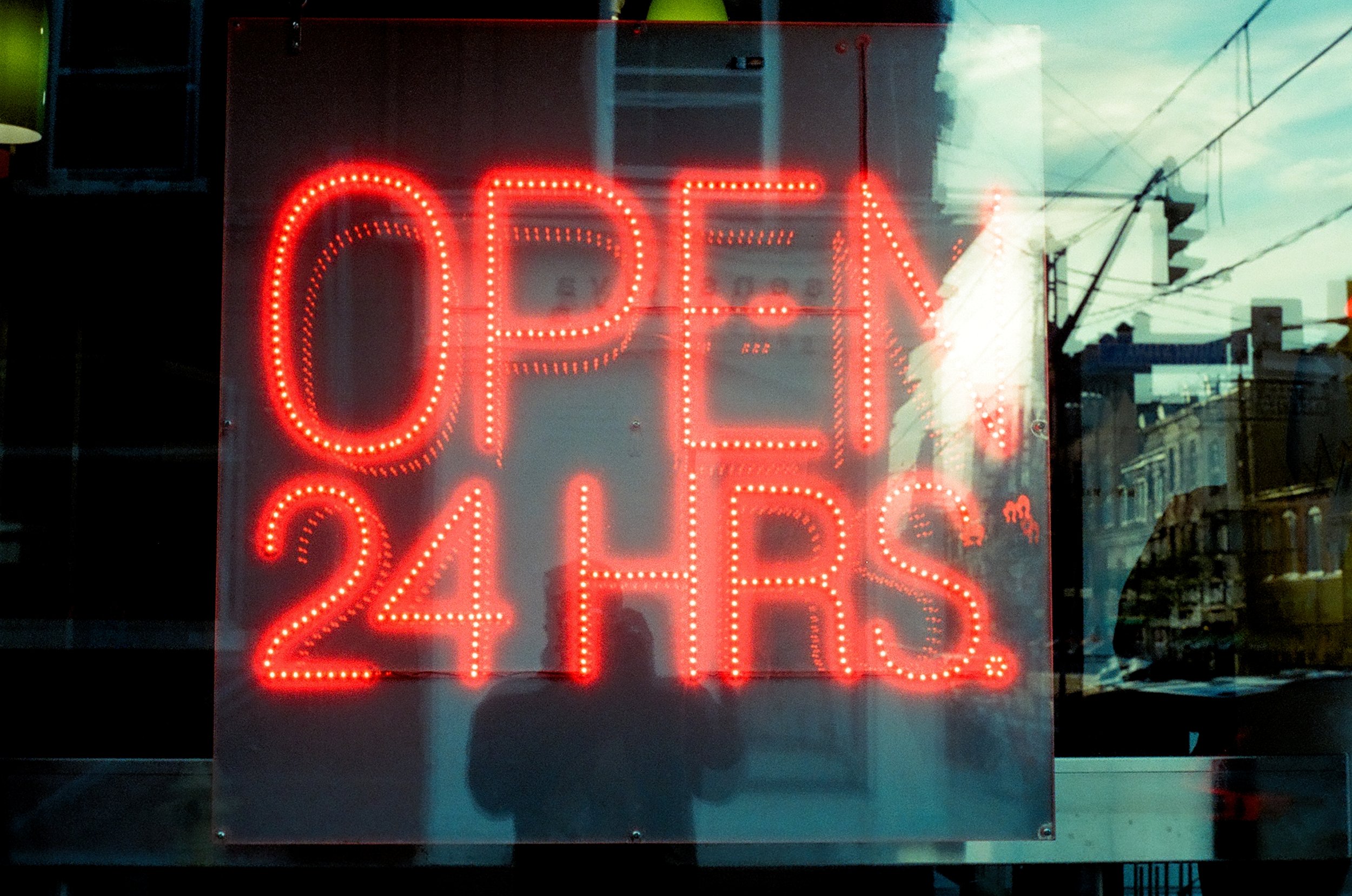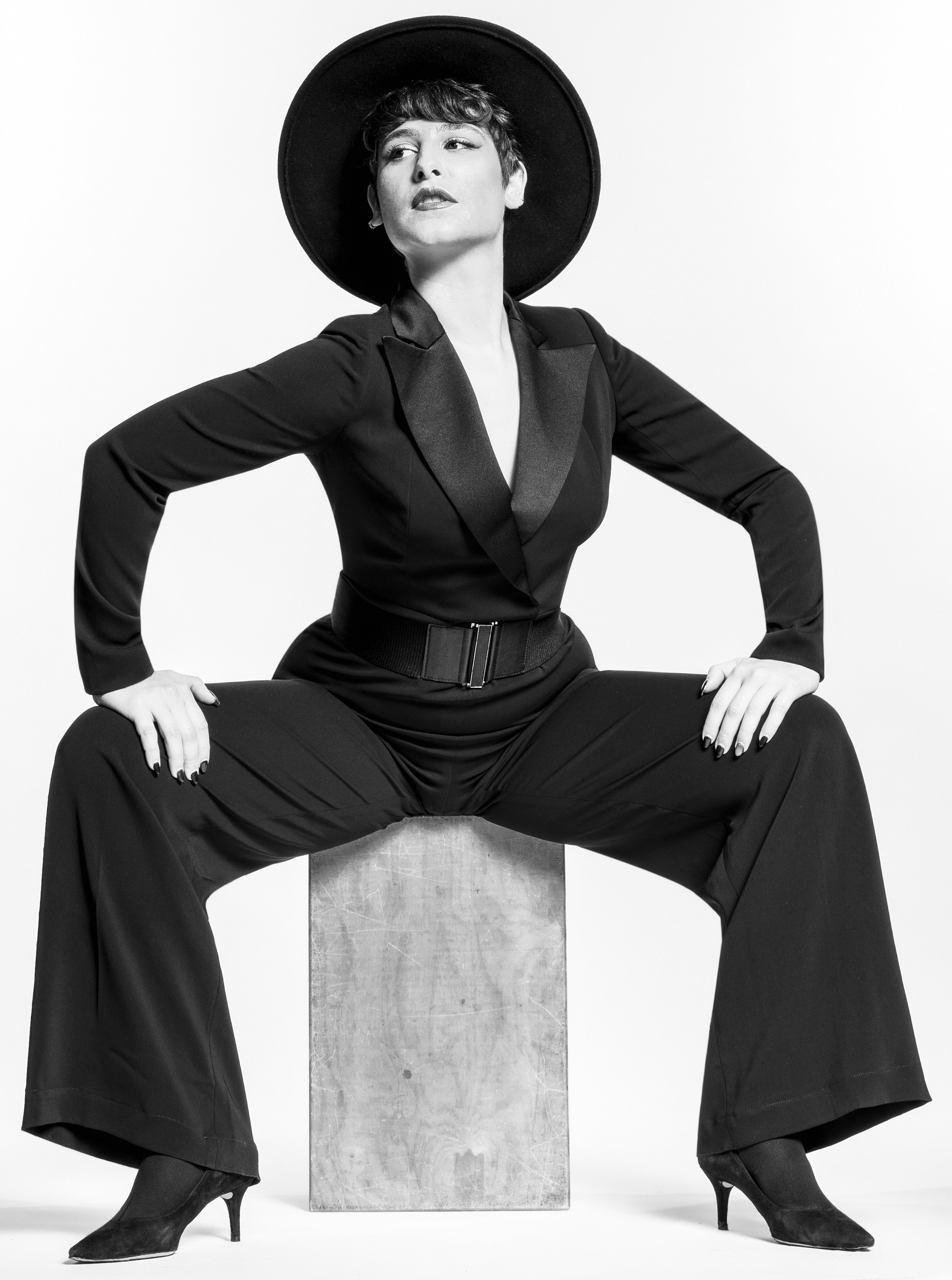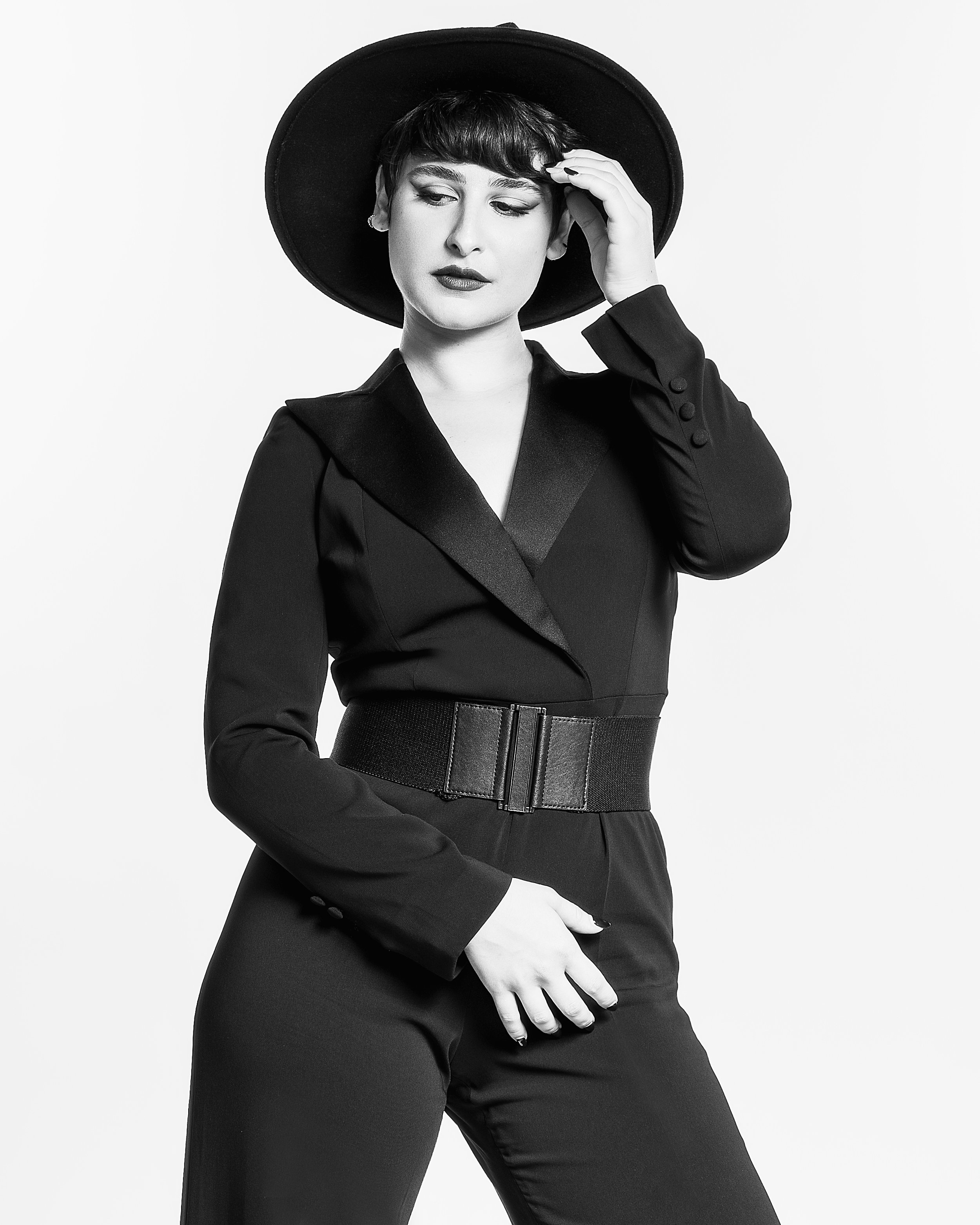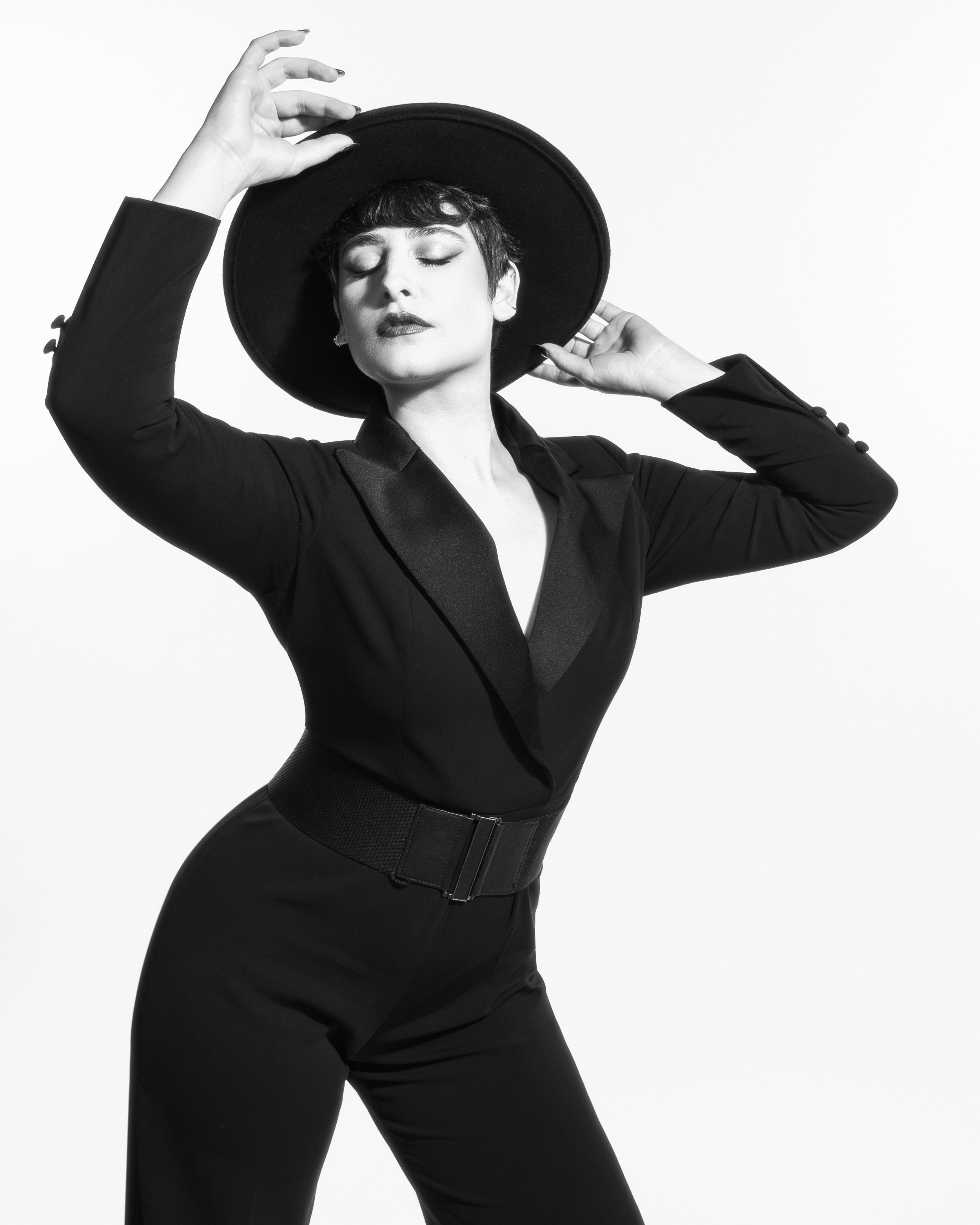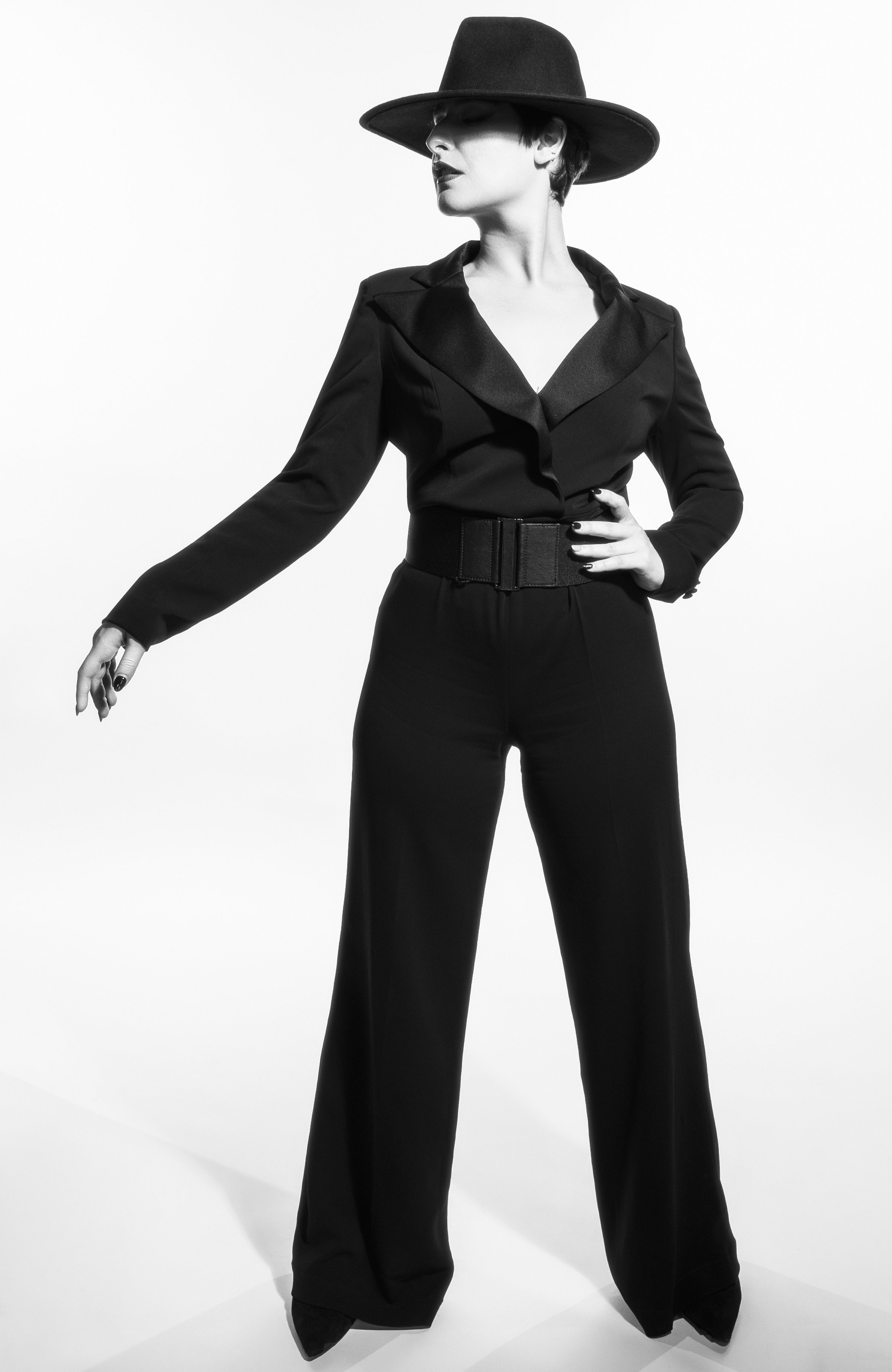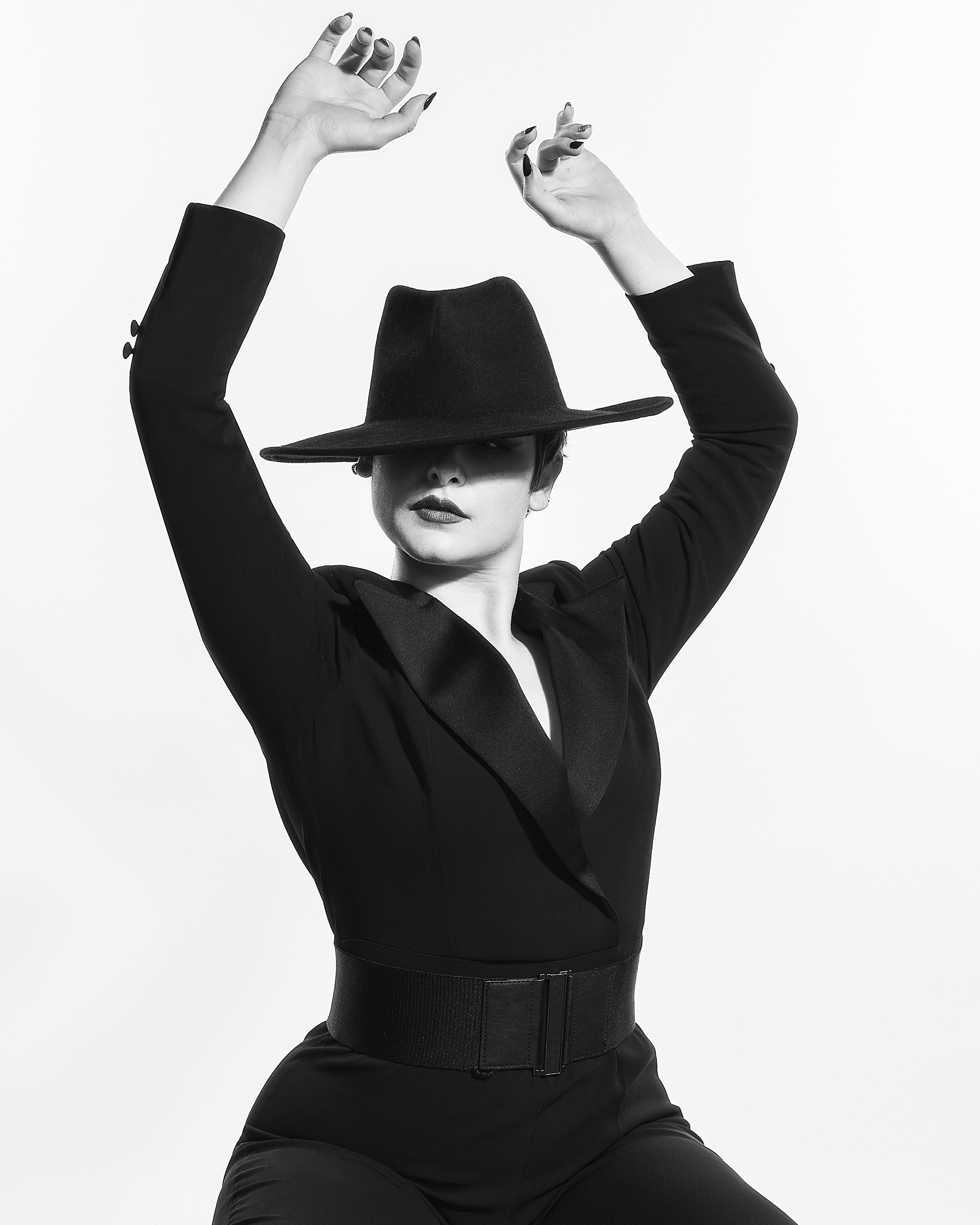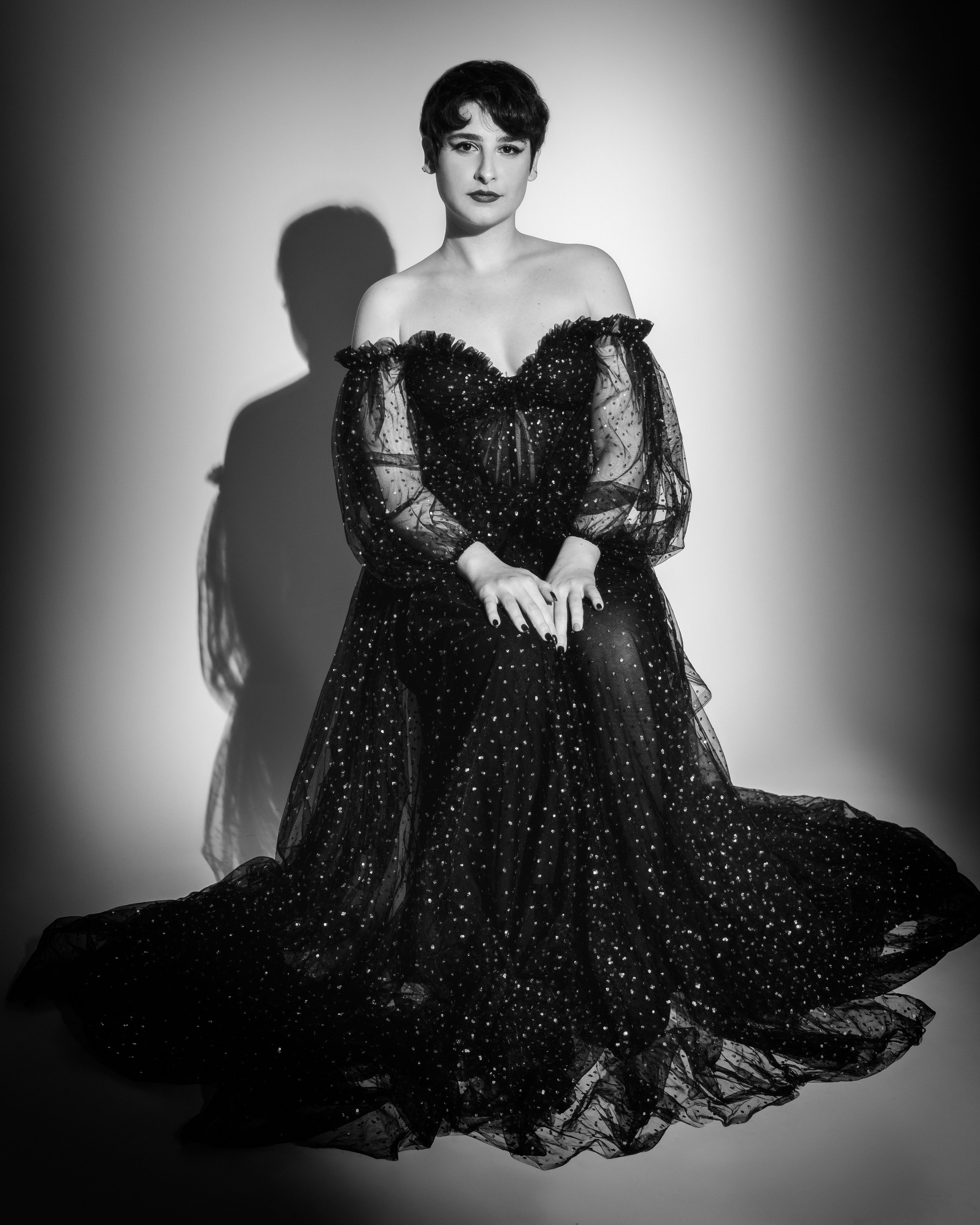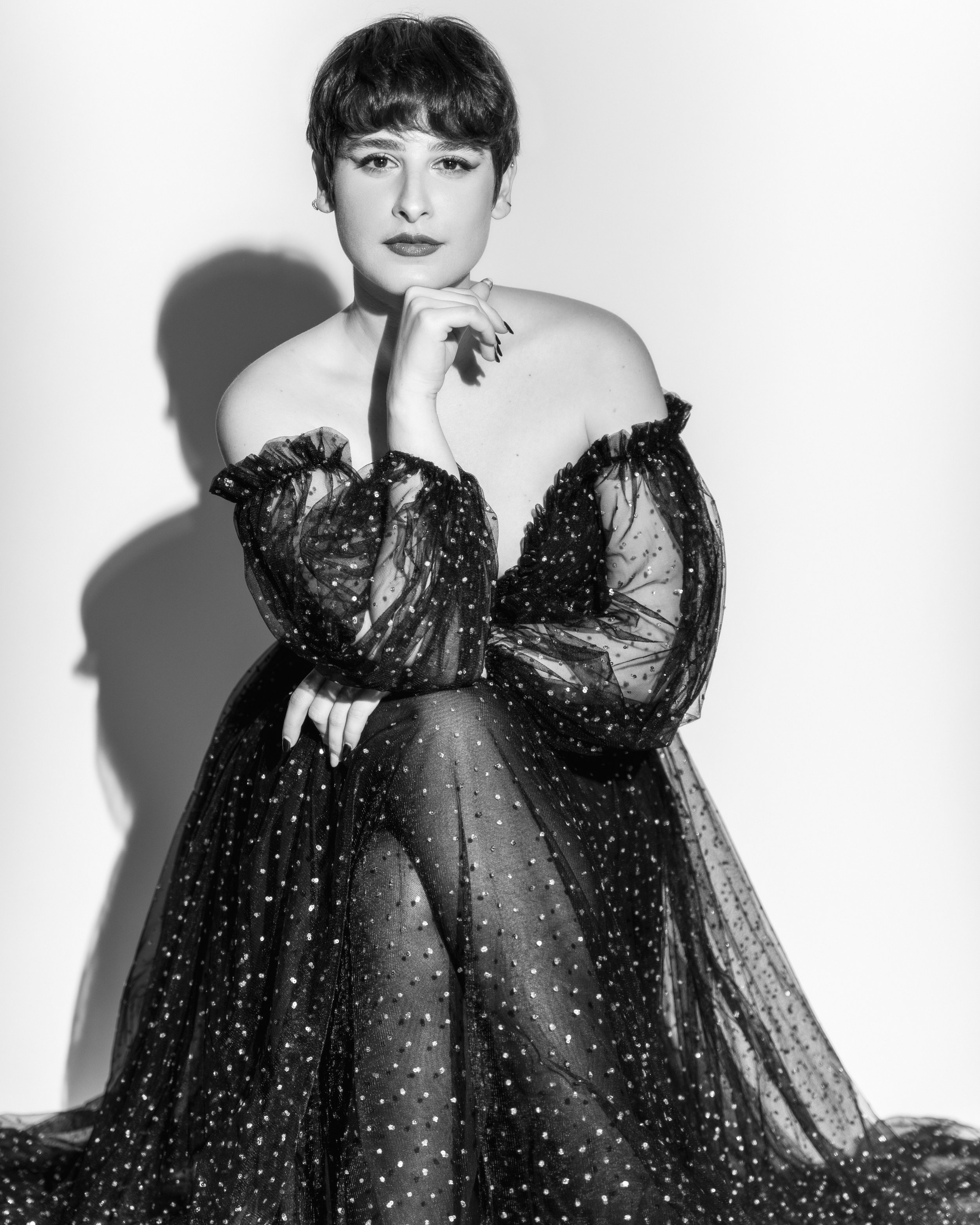Caribana: A Celebration of Toronto’s West Indian Culture.
IN THE BEGINNING
Greetings beloved.
Growing up in South Jamaica Queens, New York, my family's tales from Kingston, Jamaica, were the lullabies of my childhood. My grandmother, a fierce single mother of five *and me that made 6, had planted our roots there during the 1960s after leaving the turbulent streets of Kingston. Jamaica, an island nation with a rich tapestry of cultures, has always been a melting pot of ethnicities.
THE CLAN
South Jamaica Queens, with its vibrant streets and diverse neighborhoods, served as the backdrop to my story for the first two decades of my life. However, as I approached my twenties, the familiar call of my birthplace, Toronto, grew louder, urging me to return.
Growing up in New York, a city celebrated for its vast mosaic of cultures, I was acutely aware of the unique position the Jamaican community held. We were but a small fragment in this expansive tapestry, often overshadowed by the dominant narratives. The 1980s and 90s, in particular, weren't kind to the Jamaican diaspora. Stereotypes and misconceptions frequently eclipsed our rich cultural heritage. Yet, within the walls of our home, a different story unfolded. The soulful rhythms of Reggae, born from the socio-political struggles of the 60s and 70s, and the infectious beats of Soca, a harmonious fusion of soul and calypso, resonated deeply. These melodies were more than just music; they served as a tangible link to our Jamaican lineage, reminding us of a heritage as diverse as it was beautiful.
Jamaica, often reduced to narrow perspectives in mainstream media, is a land of profound multiculturalism. I've affectionately dubbed it "the island of many," paying homage to its rich tapestry of diverse settlers. From the OG Taino inhabitants to the Spanish colonizers, from the hardworking Indian laborers to the resilient Africans, and the enterprising Chinese, each group has left an indelible mark on Jamaica's cultural landscape. This narrative of diversity isn't just the story of Jamaica; it's intricately woven into my own identity. A testament to this is my great grandfather, whose Chinese lineage traces back generations, serving as a poignant reminder of the island's multifaceted heritage.
The Taino People.
Before the Europeans set foot on the island, it was home to the Taino people. These indigenous inhabitants called the island "Xaymaca," meaning "Land of Wood and Water." They led a peaceful life, fishing, farming, and crafting intricate art.
Jamaica: The Island of Many Stories.
Jamaica, known for its vibrant culture, reggae beats, and breathtaking landscapes, has a history as rich and diverse as its people. But to truly understand the essence of this Caribbean gem, we need to journey back in time.
The Taino Era:
Before the Europeans set foot on the island, it was home to the Taino people. These indigenous inhabitants called the island "Xaymaca," meaning "Land of Wood and Water." They led a peaceful life, fishing, farming, and crafting intricate art.
The Spanish Influence:
In 1494, Christopher Columbus arrived, and with him began the era of Spanish colonization. The Spanish saw the island's potential and established Sevilla la Nueva, one of the first European settlements in the New World. However, their rule was marked by the decline of the Taino population due to diseases and forced labor.
The British Era:
By the mid-17th century, the British took over, making Jamaica a key colony in their empire. With them came the dark era of the transatlantic slave trade. Africans were forcibly brought to work on sugar plantations, enduring unimaginable hardships. Yet, their indomitable spirit gave birth to a rich Afro-Caribbean culture that's the heartbeat of Jamaica today.
Post-Emancipation and the Melting Pot:
After the abolition of slavery in 1834, there was a need for labor on the plantations. This led to the arrival of indentured laborers from India and China. Each group brought their traditions, food, and customs, adding layers to Jamaica's multicultural tapestry.
The Indian influence is evident in the island's cuisine, with dishes like curry goat becoming staples. The Chinese community, though smaller, made significant contributions to commerce and trade.
Independence and Beyond:
Jamaica gained independence from British rule in 1962. Since then, it has grown into a nation proud of its mixed heritage, celebrating its African, European, Indian, and Chinese roots.
Today, Jamaica stands as a testament to resilience, diversity, and unity. It's an island where every rhythm, every dish, and every story speaks of a journey from adversity to celebration.
That was then, This is now.
In 2017, I found myself just a stone's throw away from the epicenter of Toronto's Caribana festival. The atmosphere was electric. The air, thick with the tantalizing aroma of West Indian delicacies, carried the vibrant beats of Soca. Everywhere I looked, the city was awash in a riot of colors, with costumes that seemed to dance and shimmer with life.
For a passive street photographer like me, Caribana was nothing short of a goldmine. Every snapshot told a story, every shutter click encapsulated a raw emotion. The elaborate "personal floats" were a marvel, defying both gravity and imagination. The crowd's infectious energy was palpable, creating a sensory experience that was almost overwhelming. And when I fully immersed myself in the festivities... Oh, Laaaawd! It was the rejuvenation my soul had been yearning for.
Looks.
“Everywhere I looked, the city was awash in a riot of colors, with costumes that seemed to dance and shimmer with life.”
Toronto, in comparison to many American cities, has always been more open in celebrating its cultural diversity. Yet, I often found myself yearning for events that celebrated Black and West Indian culture. Caribana was the answer to that yearning. It was a weekend that could quench anyone's cultural thirst. The music, the dancing, the grandeur of the floats, the dedicated SOUNDCREWS, and the intricately designed costumes that some spend an entire year crafting — it's all a testament to the festival's significance. The energy of the attendees is unparalleled, drawing people from all corners of the globe every first long weekend of August. In my eyes, Caribana isn't just another event; it's the crown jewel of Toronto's cultural calendar.
A Brief History
Toronto's Caribana, now known as the Toronto Caribbean Carnival, began in 1967 as part of Canada's Centennial celebrations. Conceived by Toronto's Caribbean community, it was inspired by Trinidad's pre-Lenten Carnival. Over the decades, it has blossomed into a major summer event, drawing nearly two million attendees each year.
The festival celebrates the rich tapestry of Caribbean culture, from its infectious music like calypso and soca to vibrant masquerades and dances. The Grand Parade, the festival's crown jewel, showcases participants in dazzling costumes expressing thematic masquerade bands, dancing to live Caribbean rhythms. Originally held on Yonge Street, the parade now graces Lakeshore Boulevard, filling it with color and energy.
While the Toronto Caribbean Carnival is its official name since 2015, many still affectionately call it Caribana. Despite challenges, including financial strains and route changes, the festival stands as a testament to Caribbean heritage in Toronto and remains North America's largest Caribbean cultural event. In essence, Caribana is Toronto's annual splash of Caribbean vibrancy, music, and tradition.
Challenges of Shooting at ‘Bana.
Capturing the essence of Caribana through a camera lens presents its own set of challenges. The sheer vibrancy and magnitude of the event make it nearly impossible to capture everything in a single frame. Every time I think I've captured the perfect shot, and say to myself “yeah, that’s the one!” I turn my head and there is a literal sea of colors, feathers, beads, banners, and more.
Always Forward.
“Each photograph I take isn't just an image; it's a fragment of a larger narrative that speaks of community, culture, and legacy.”
But Caribana is more than just a visual spectacle. For me, it's a journey of self-discovery. It echoes the tales my family shared, the pride they held in our Jamaican roots, and the rich tapestry that weaves the West Indian community together. Each photograph I take isn't just an image; it's a fragment of a larger narrative that speaks of community, culture, and legacy.
While I typically maintain a distance in my street photography, Caribana is different. The warmth and openness of the attendees are palpable. They don't just notice the camera; they engage with it, striking poses and sharing their spirit.
For any street photographer who hasn't experienced Caribana, real talk it’s time for some introspection. If you haven't captured Caribana, you're missing out on a transformative experience. do the right thing: GO TO CARIBANA!

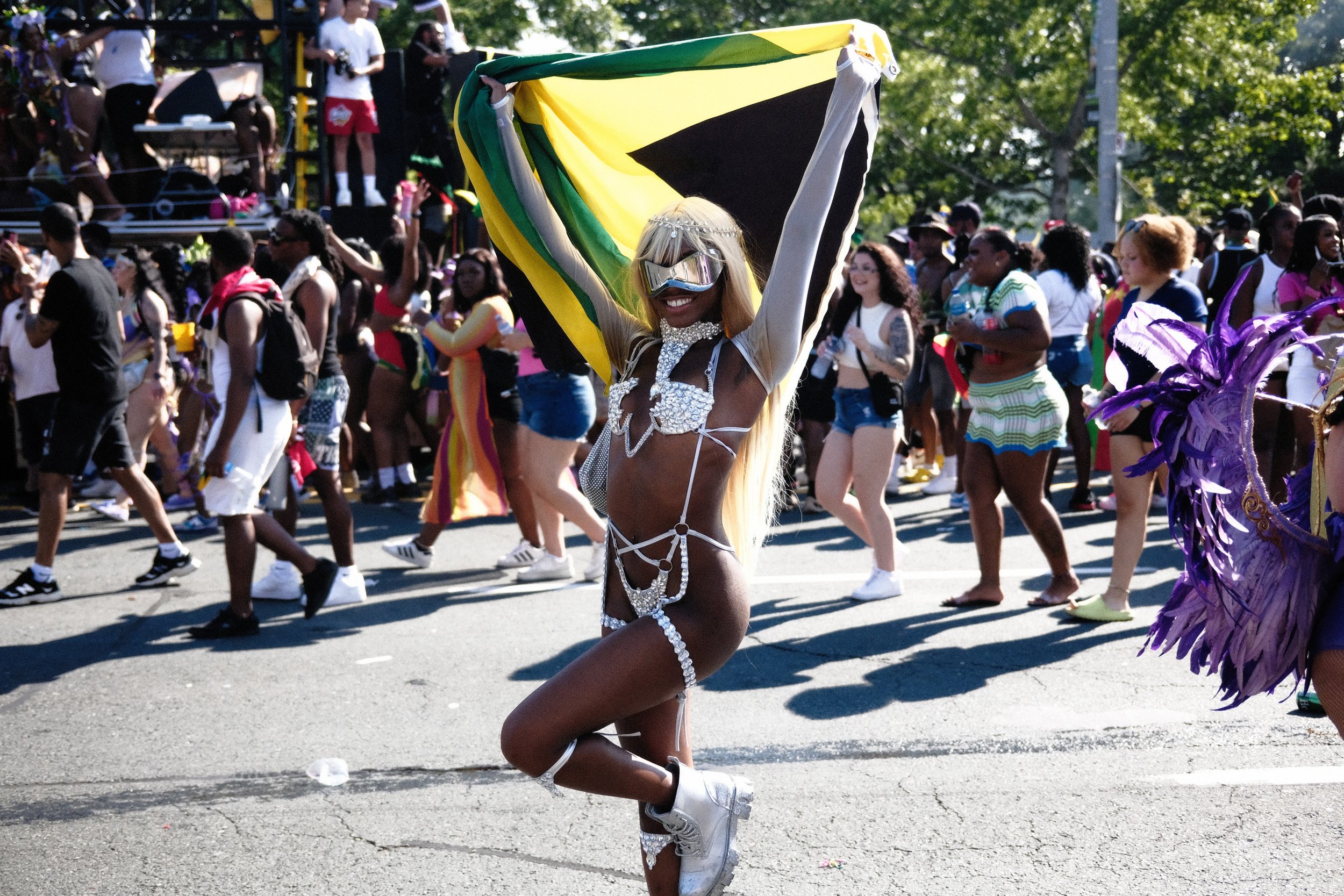
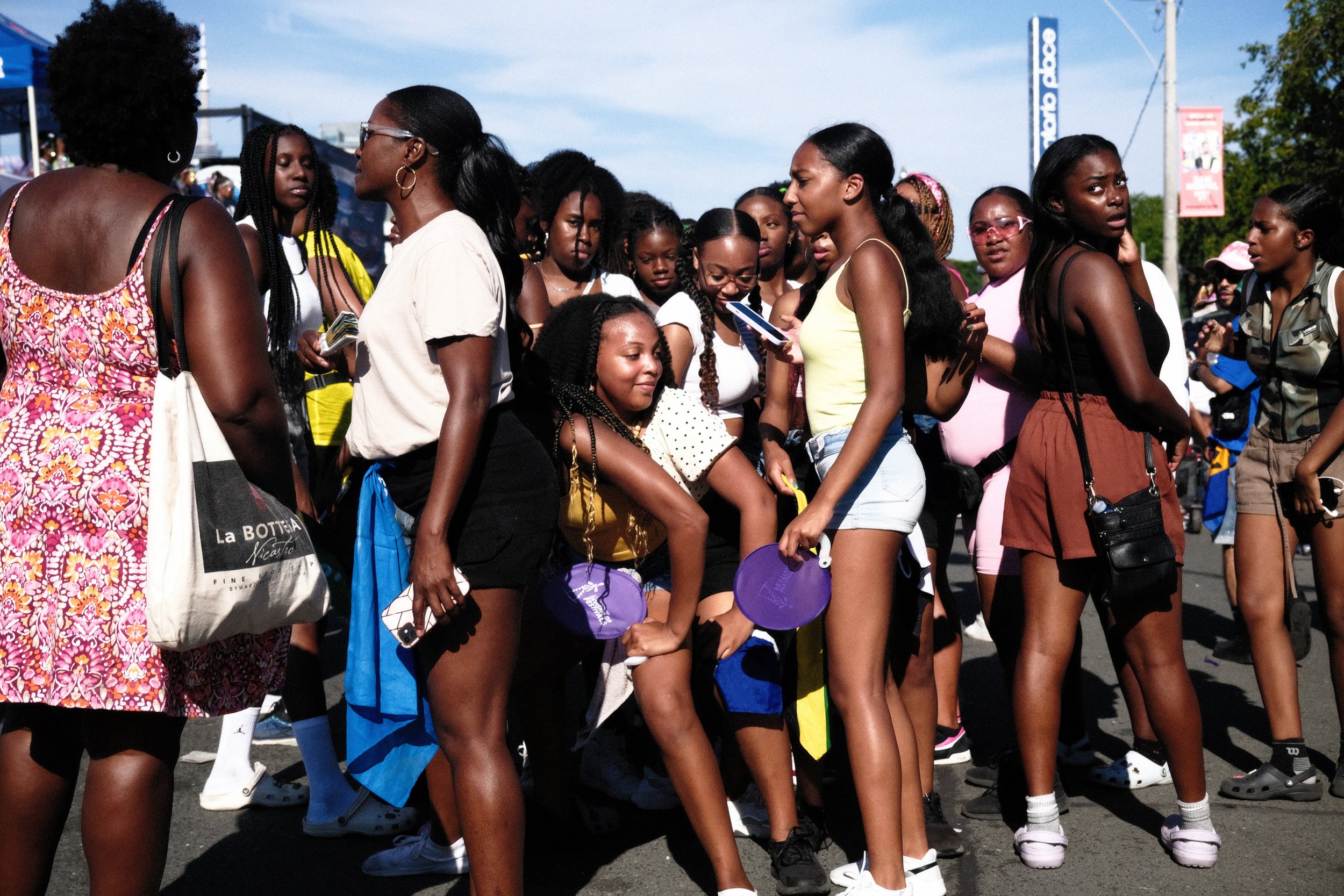
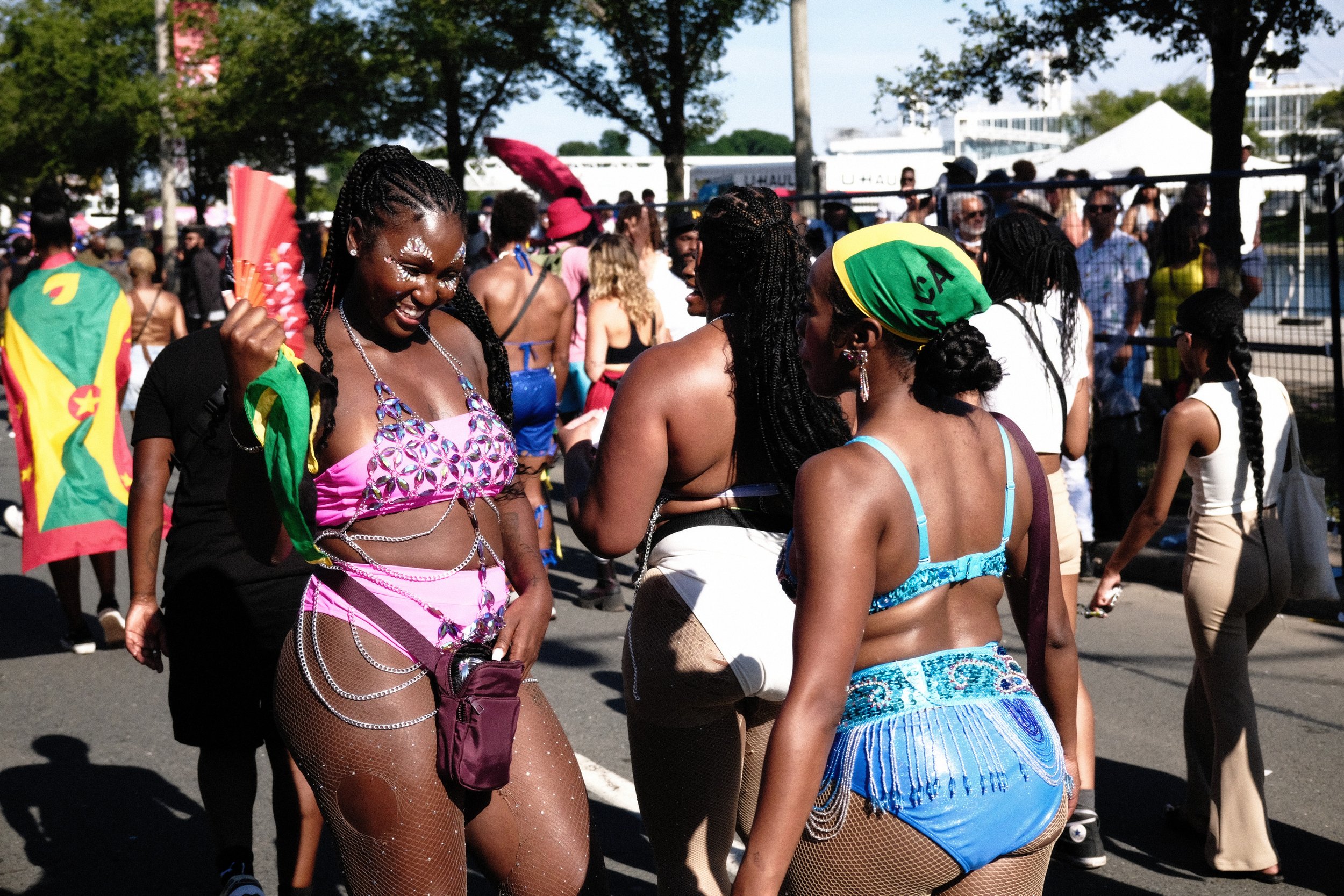
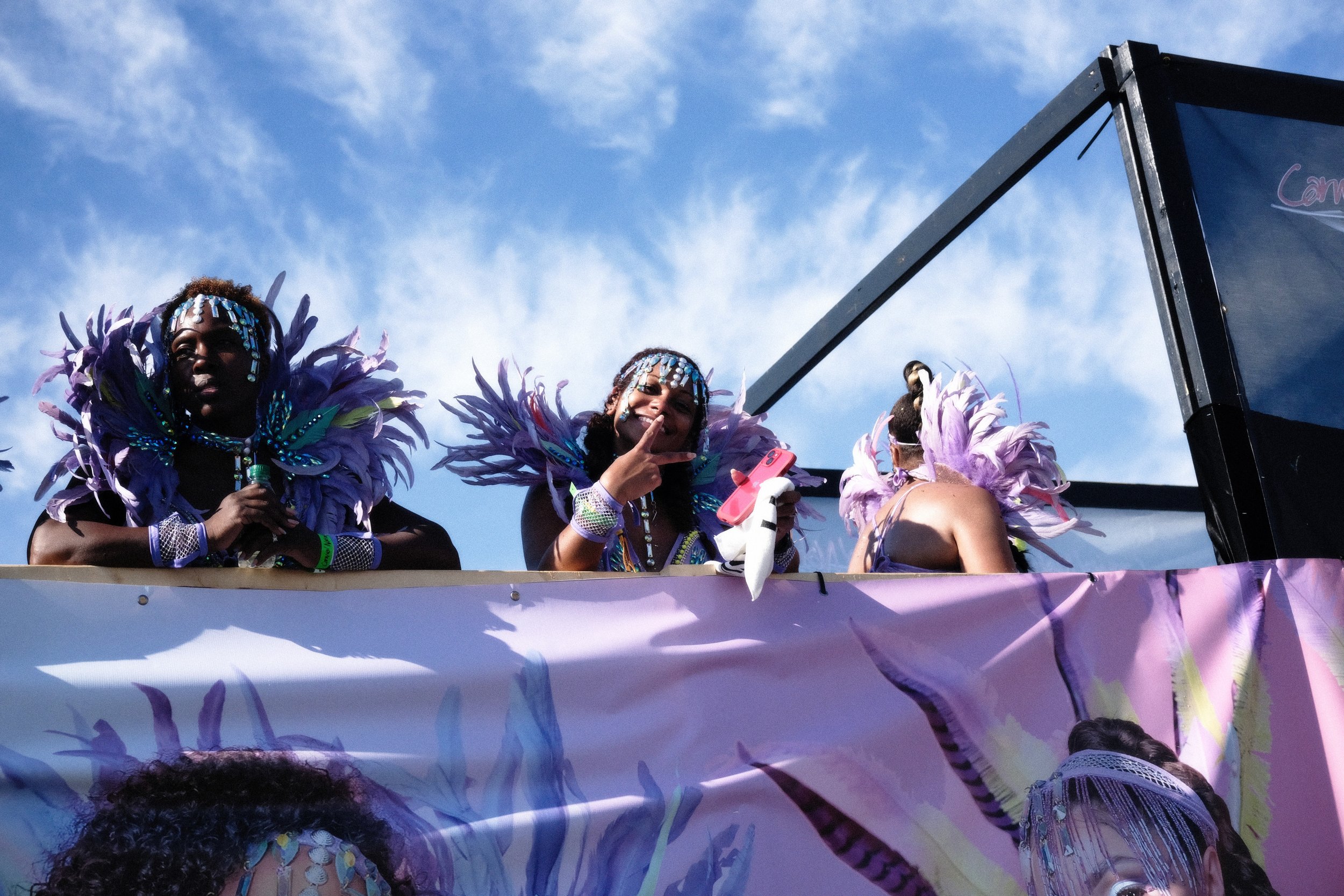
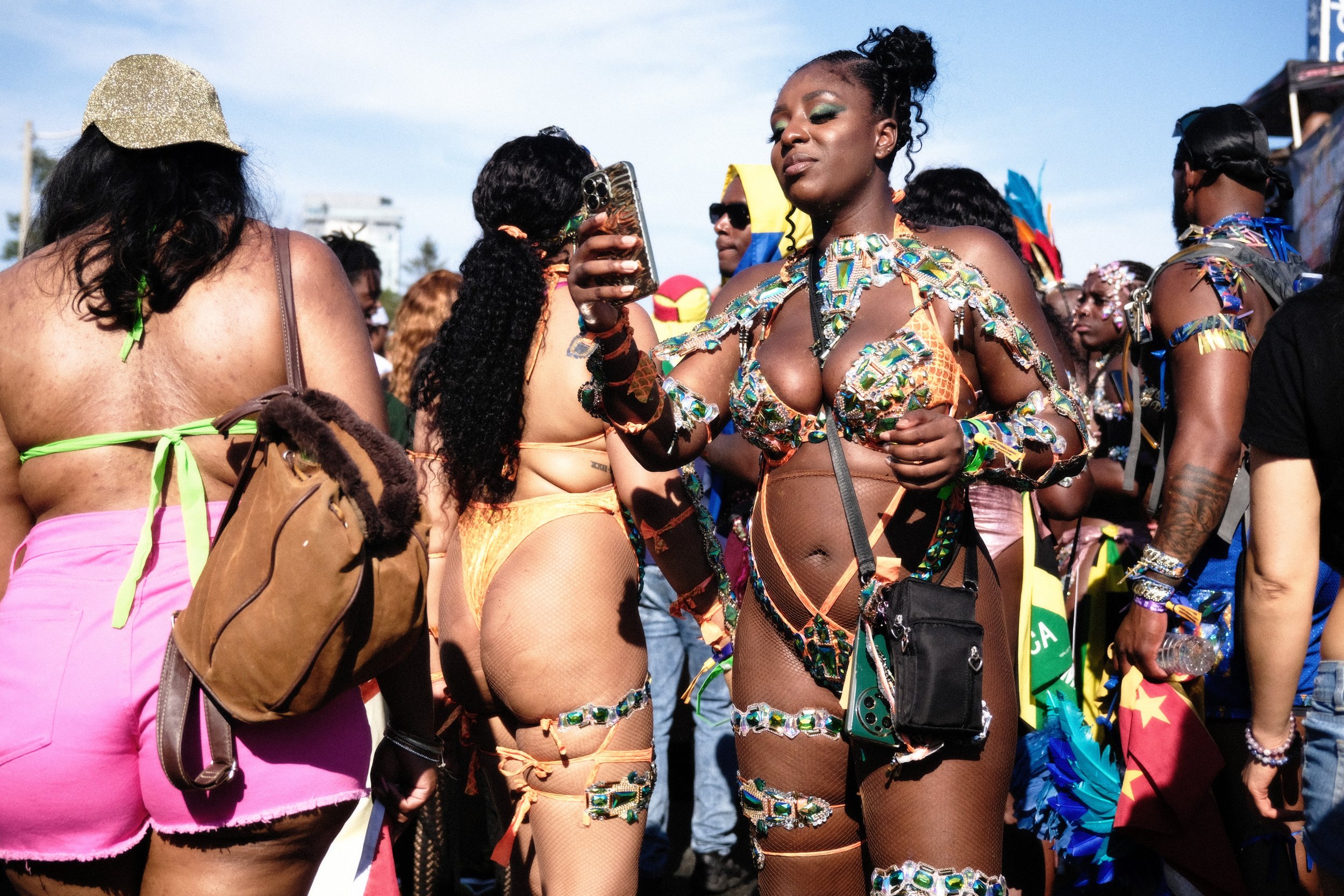
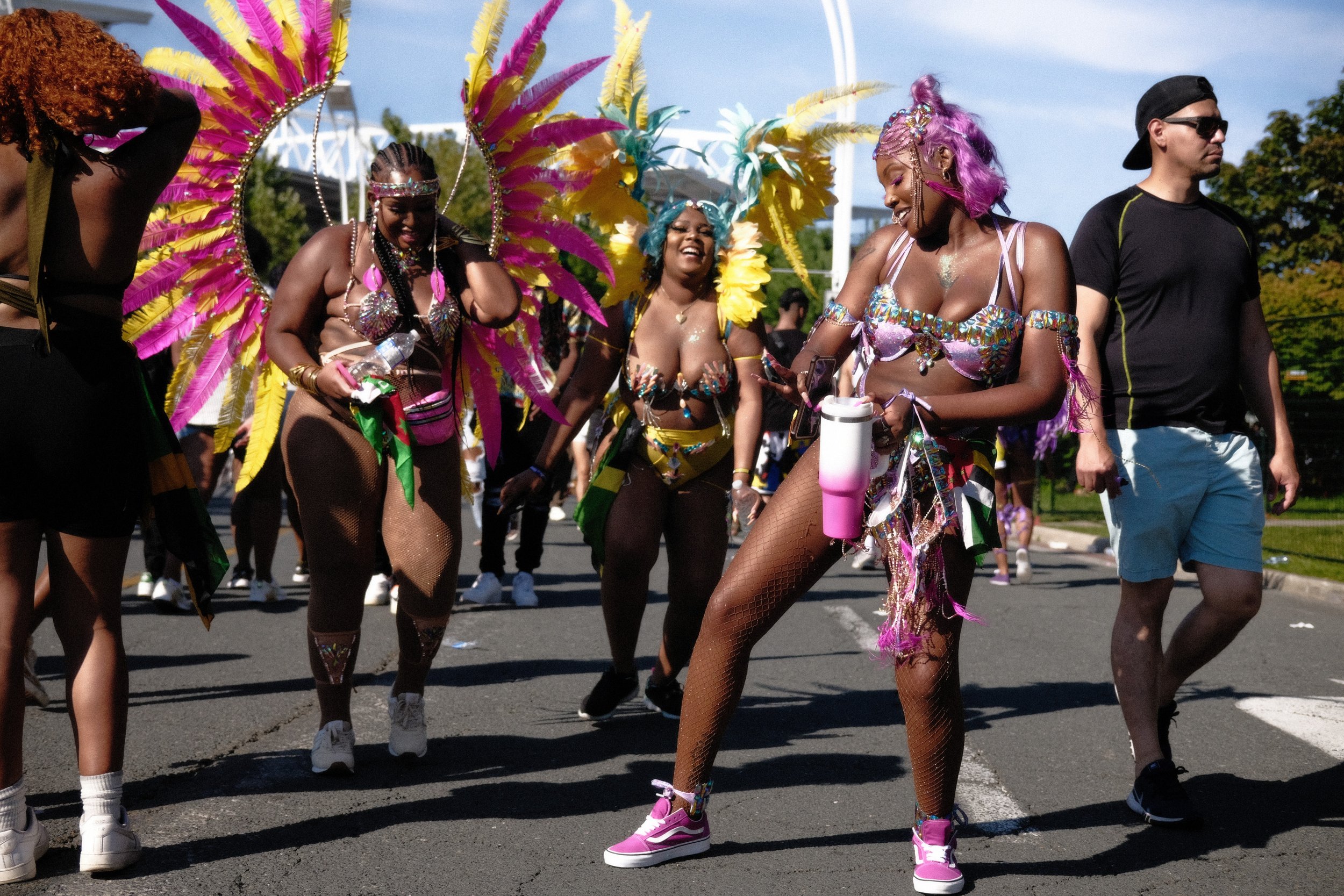

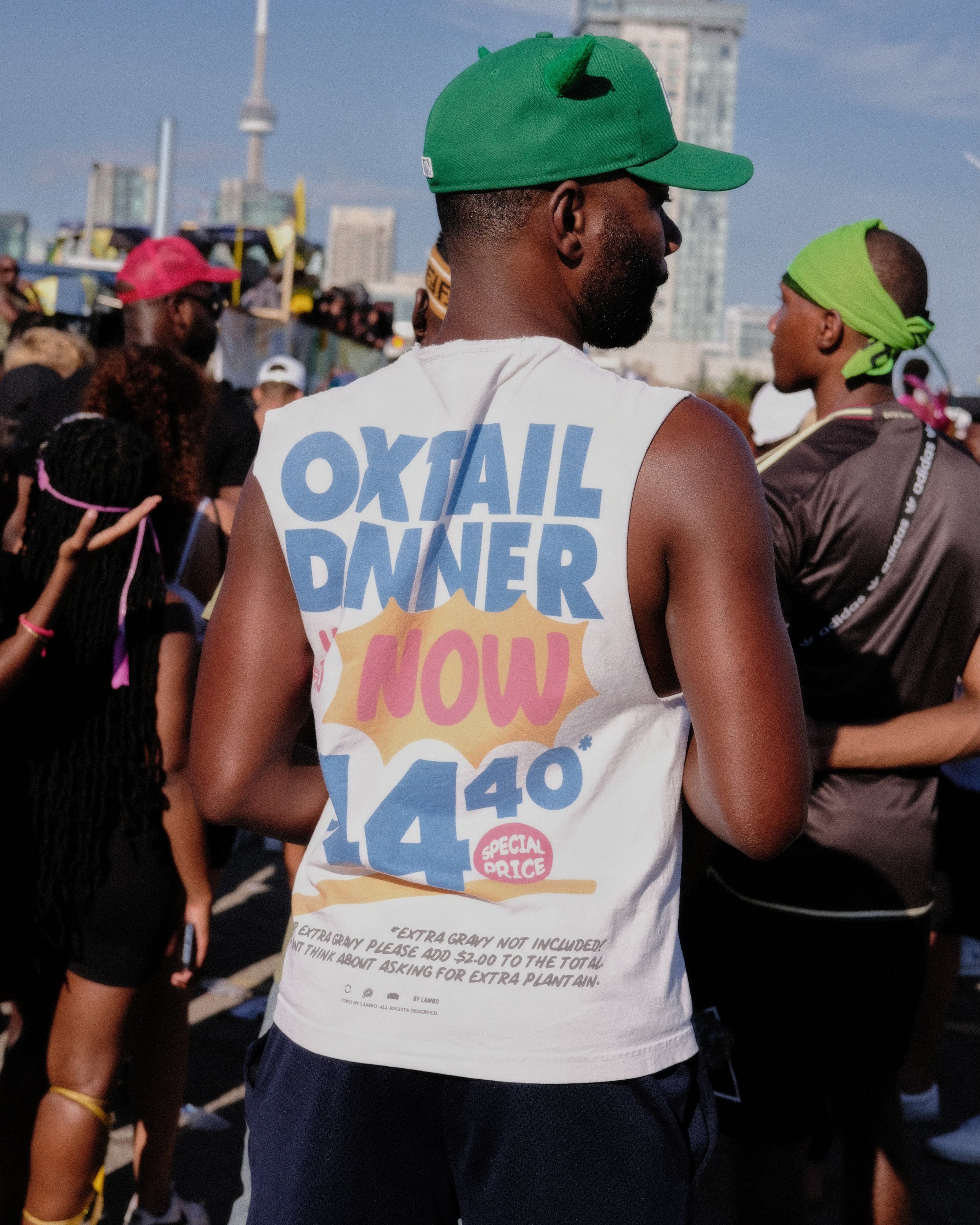
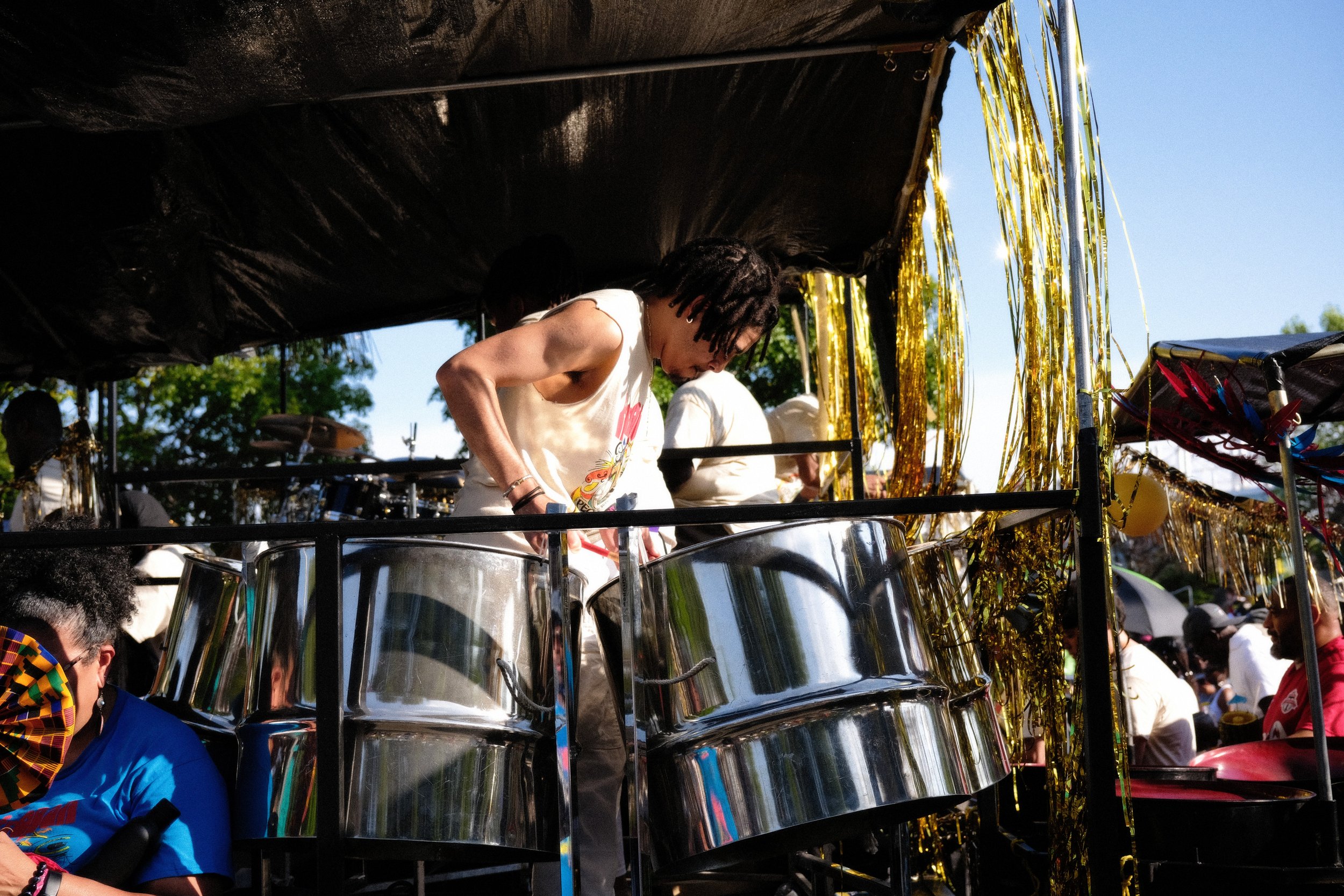
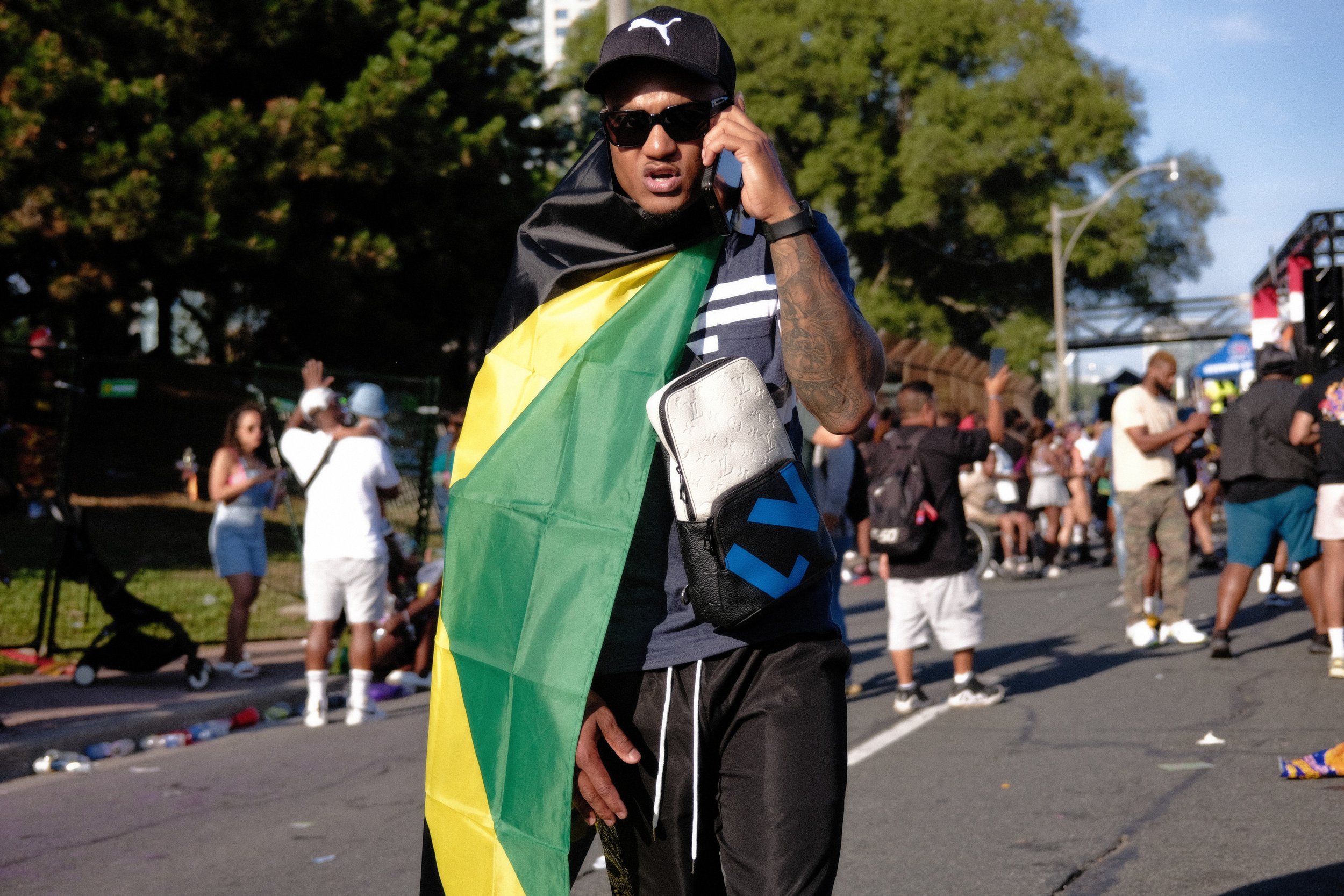

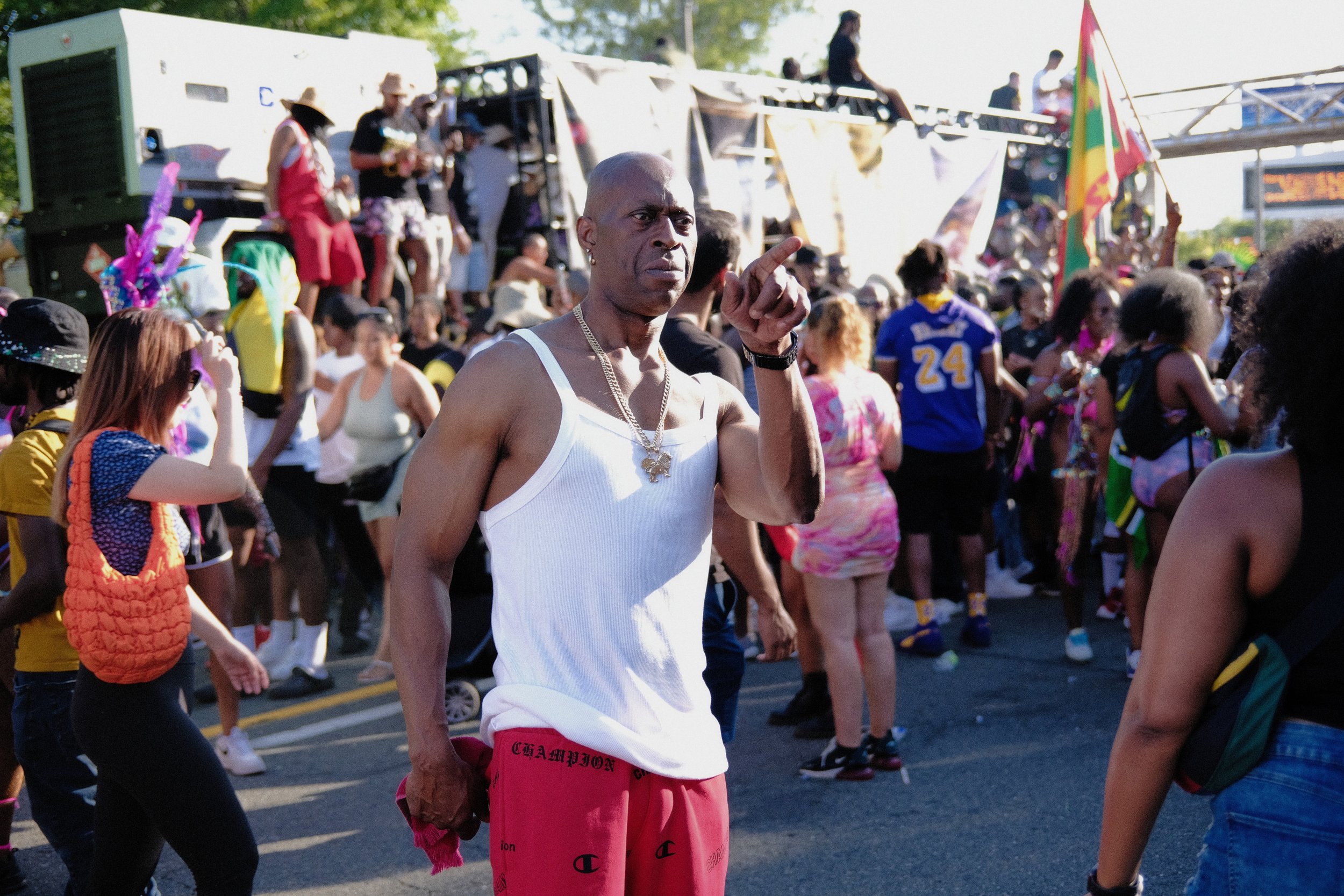
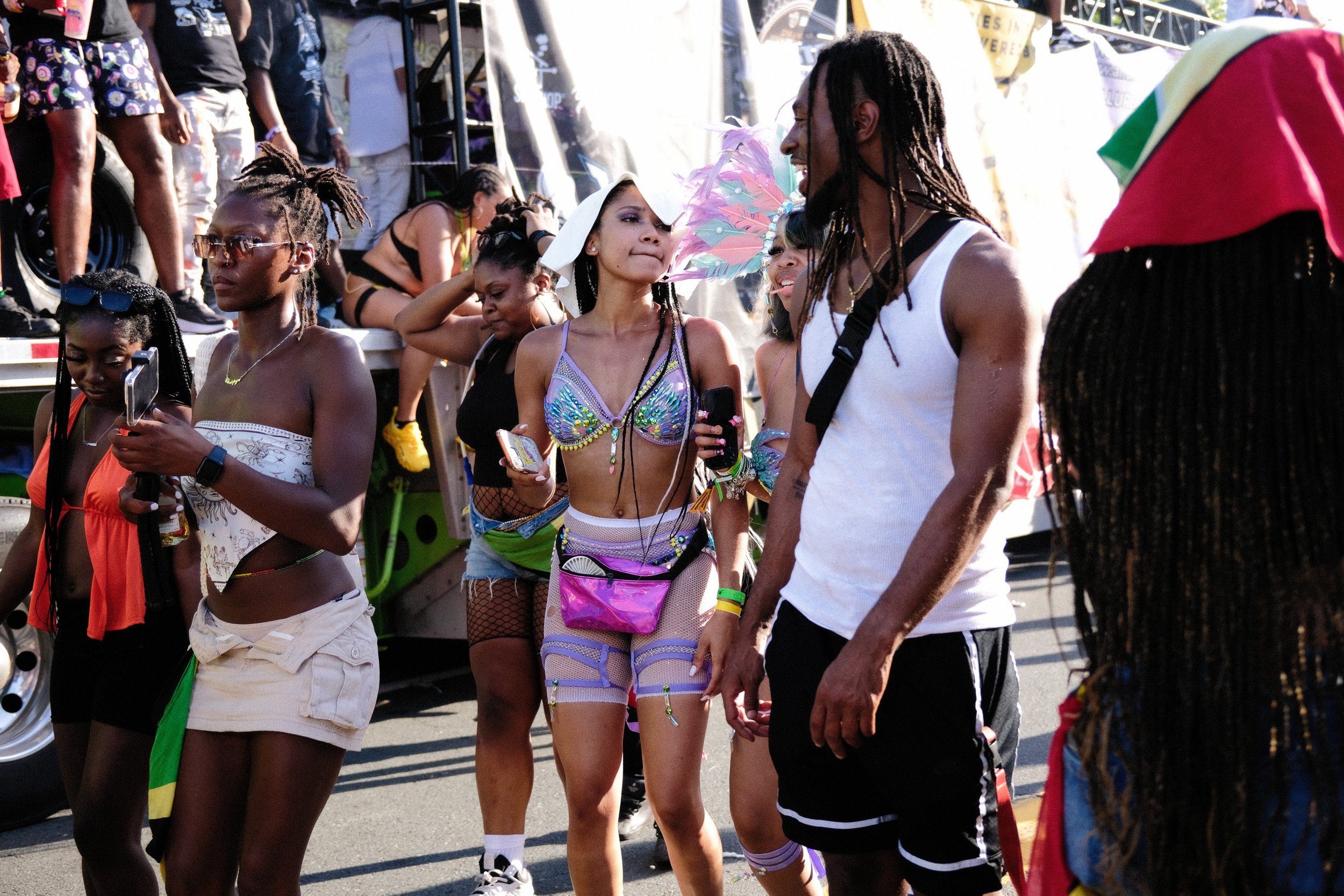

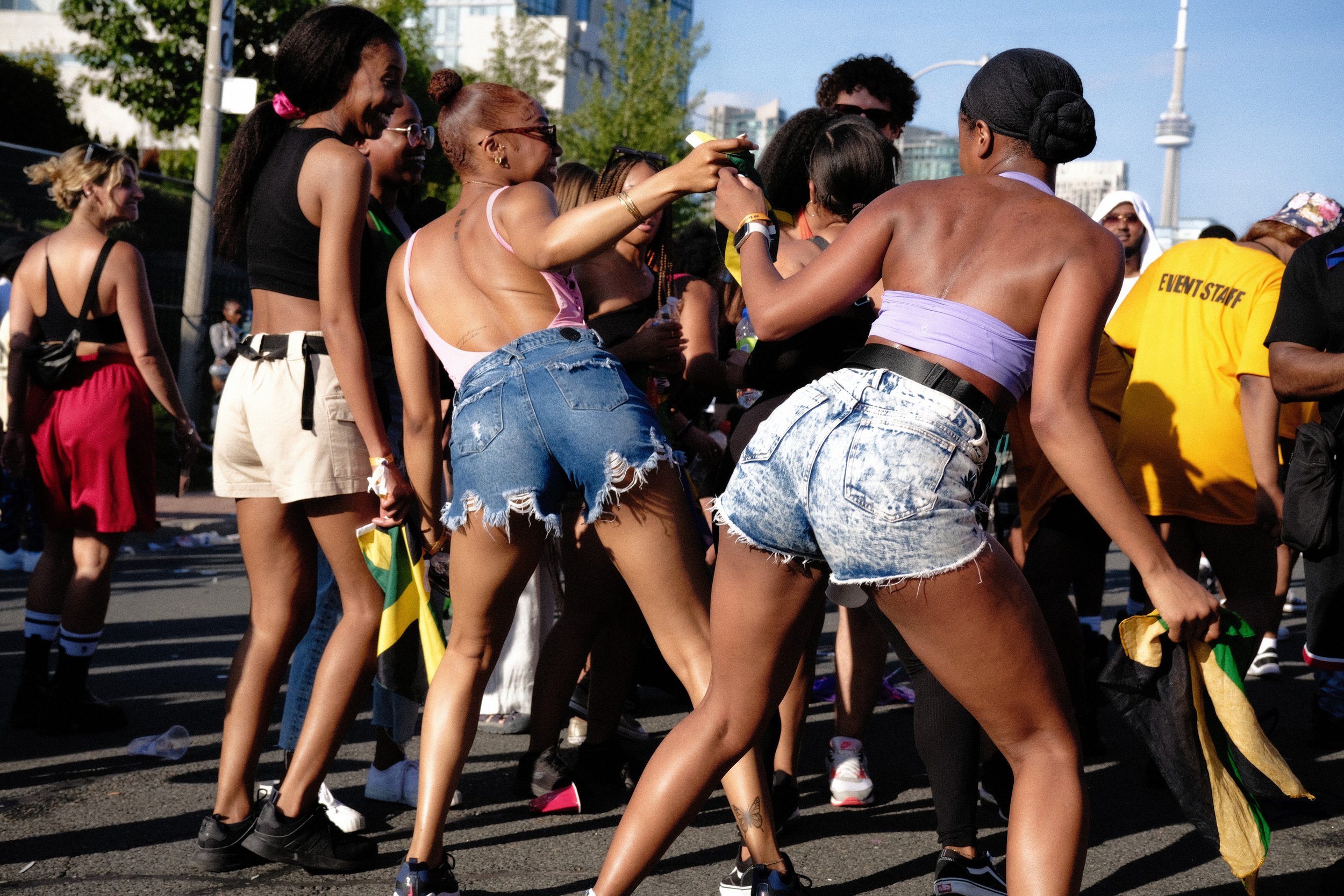
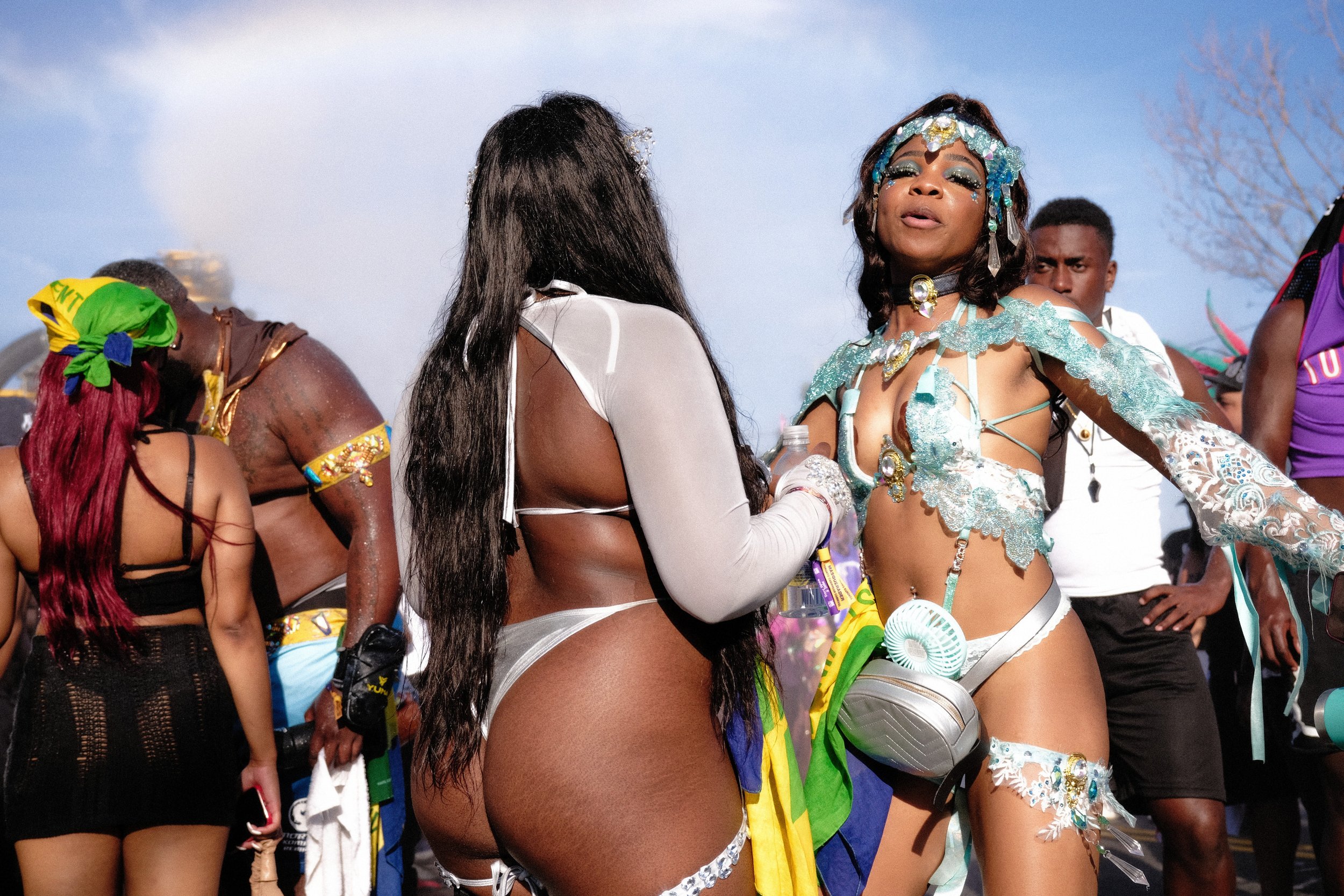
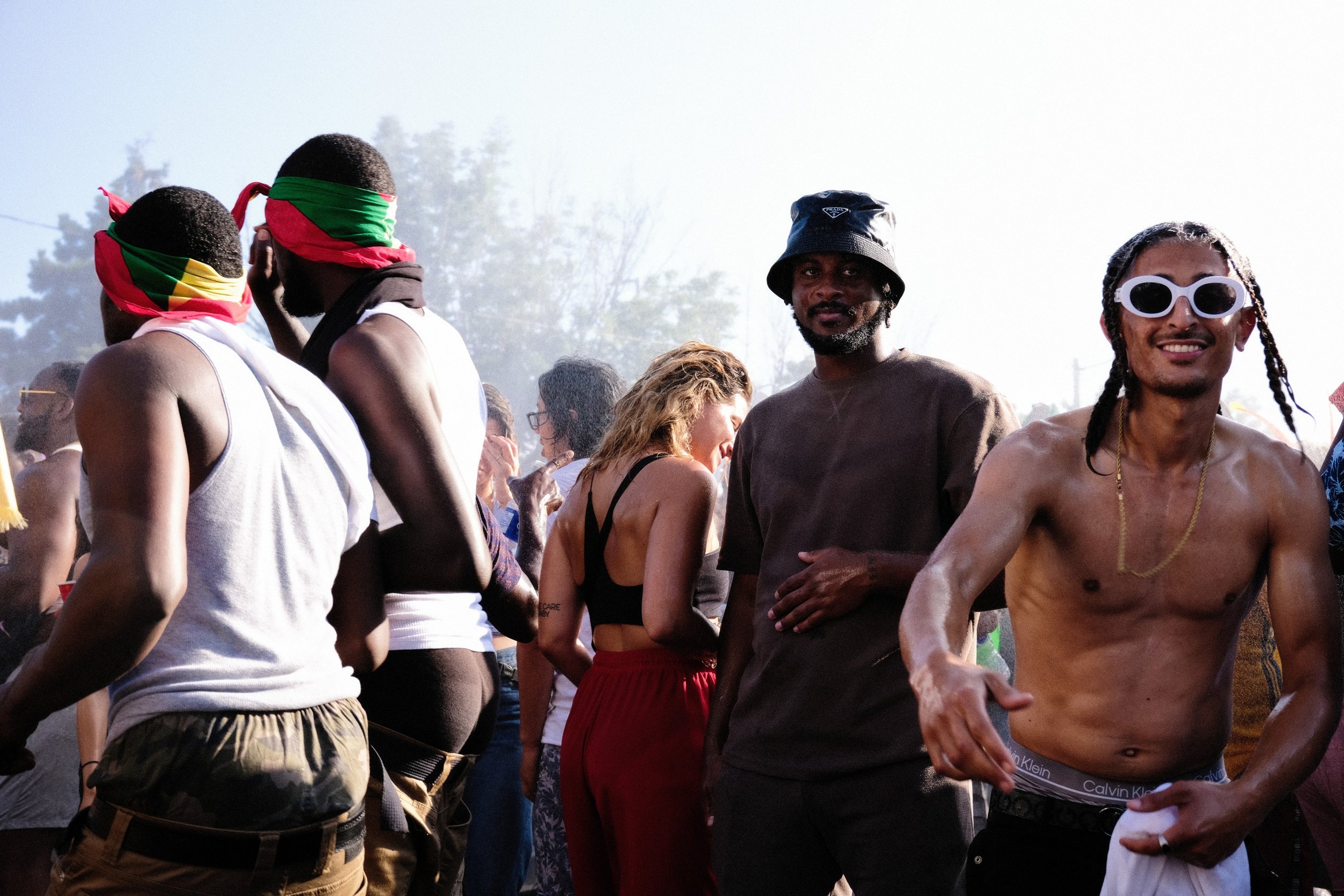
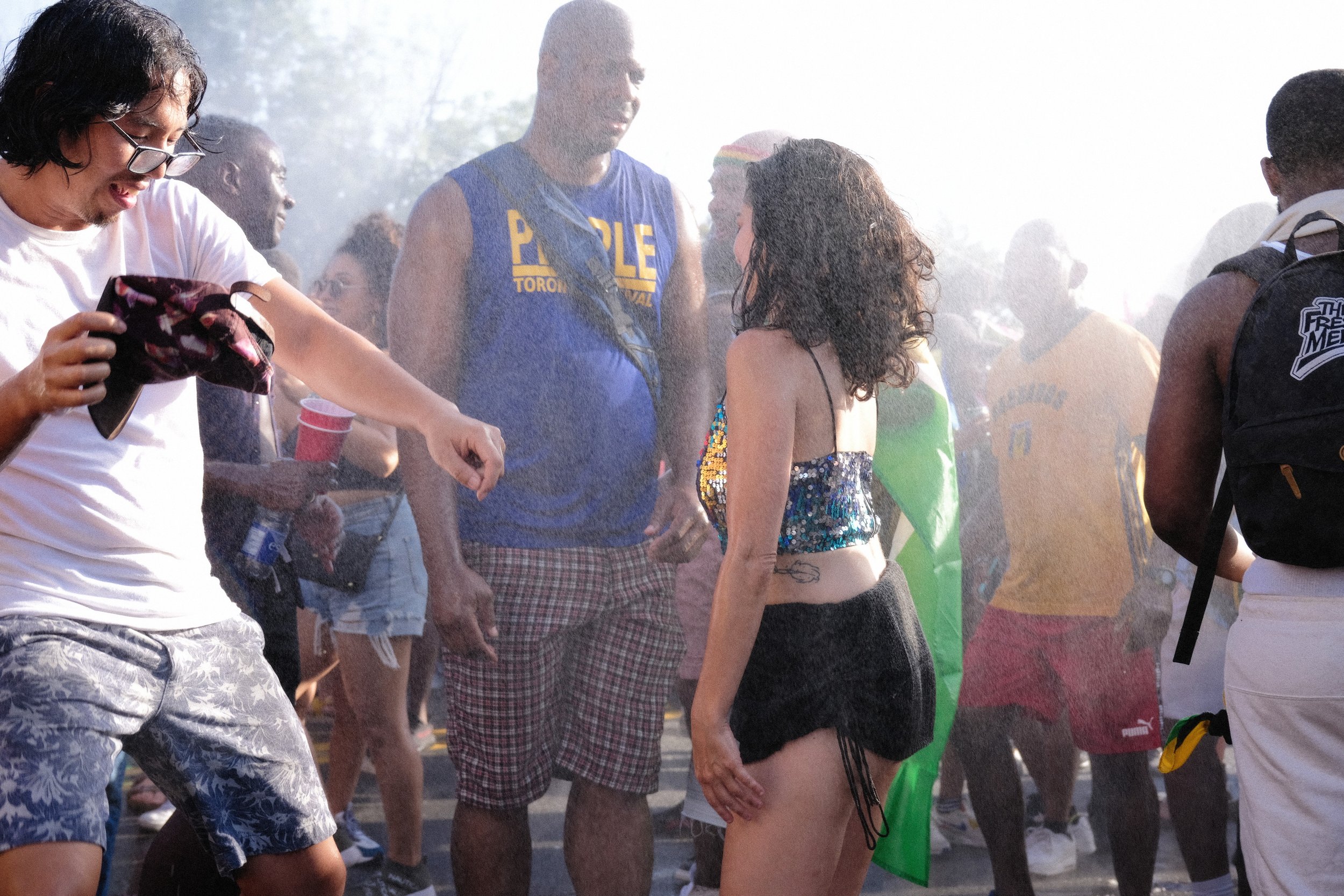
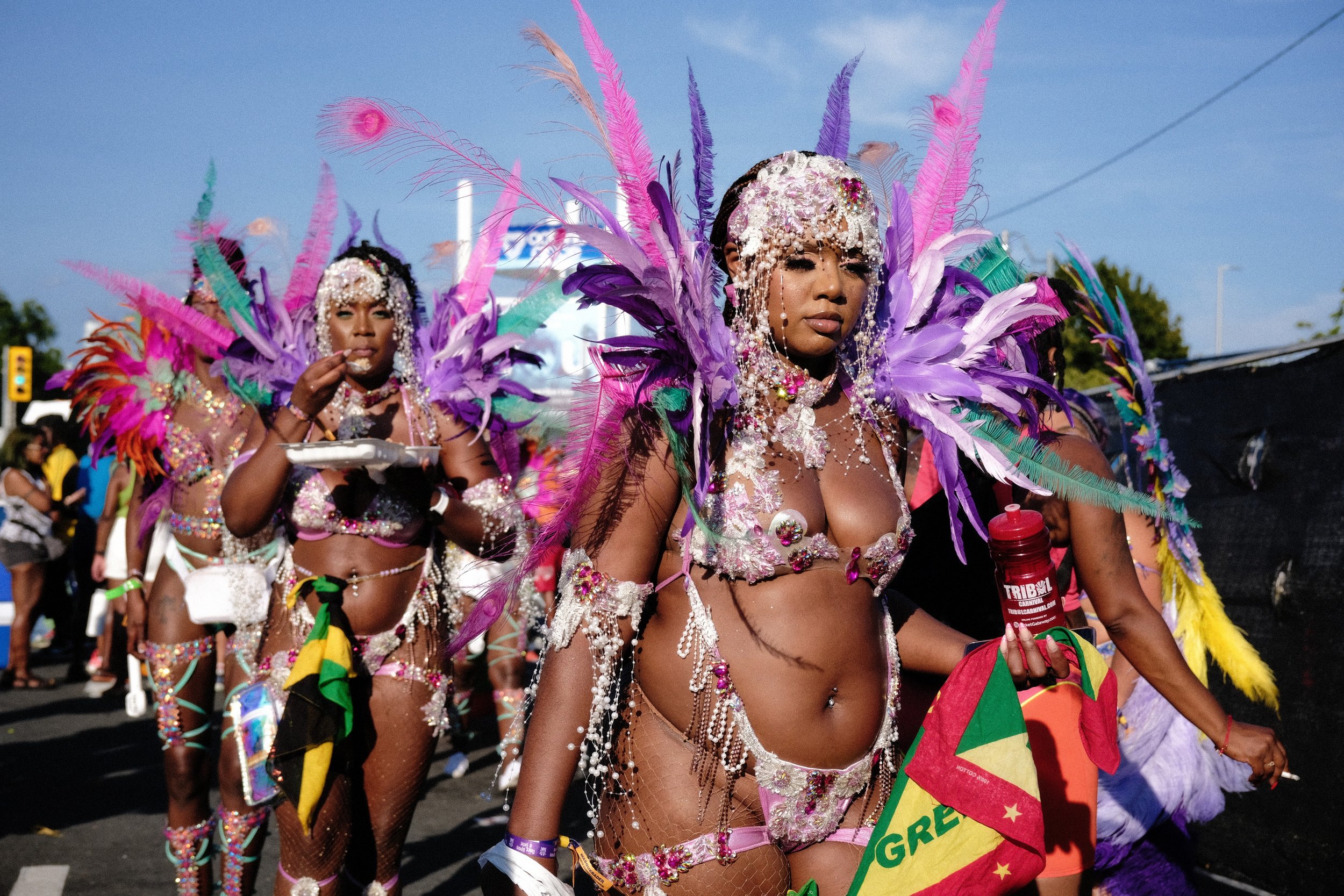
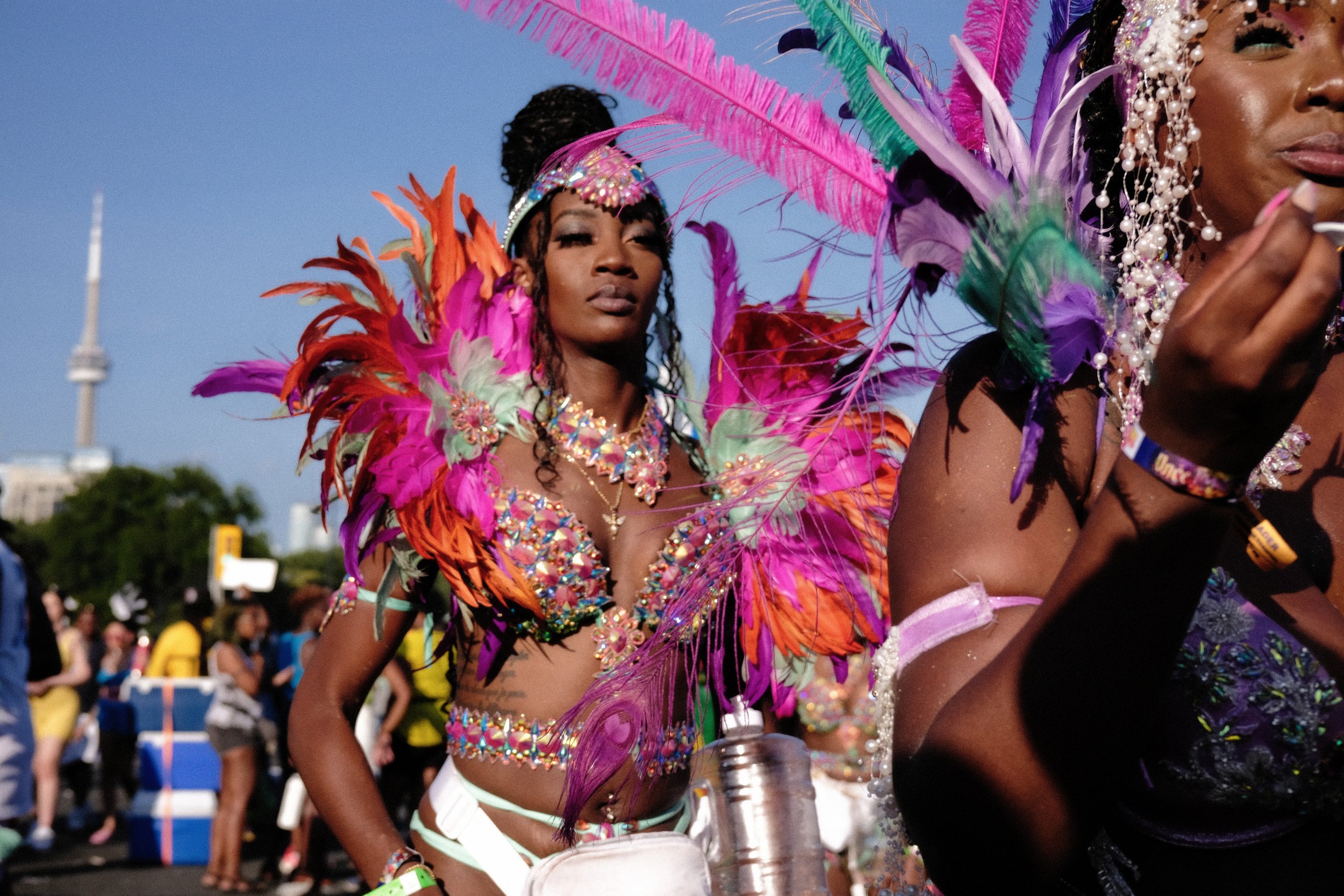

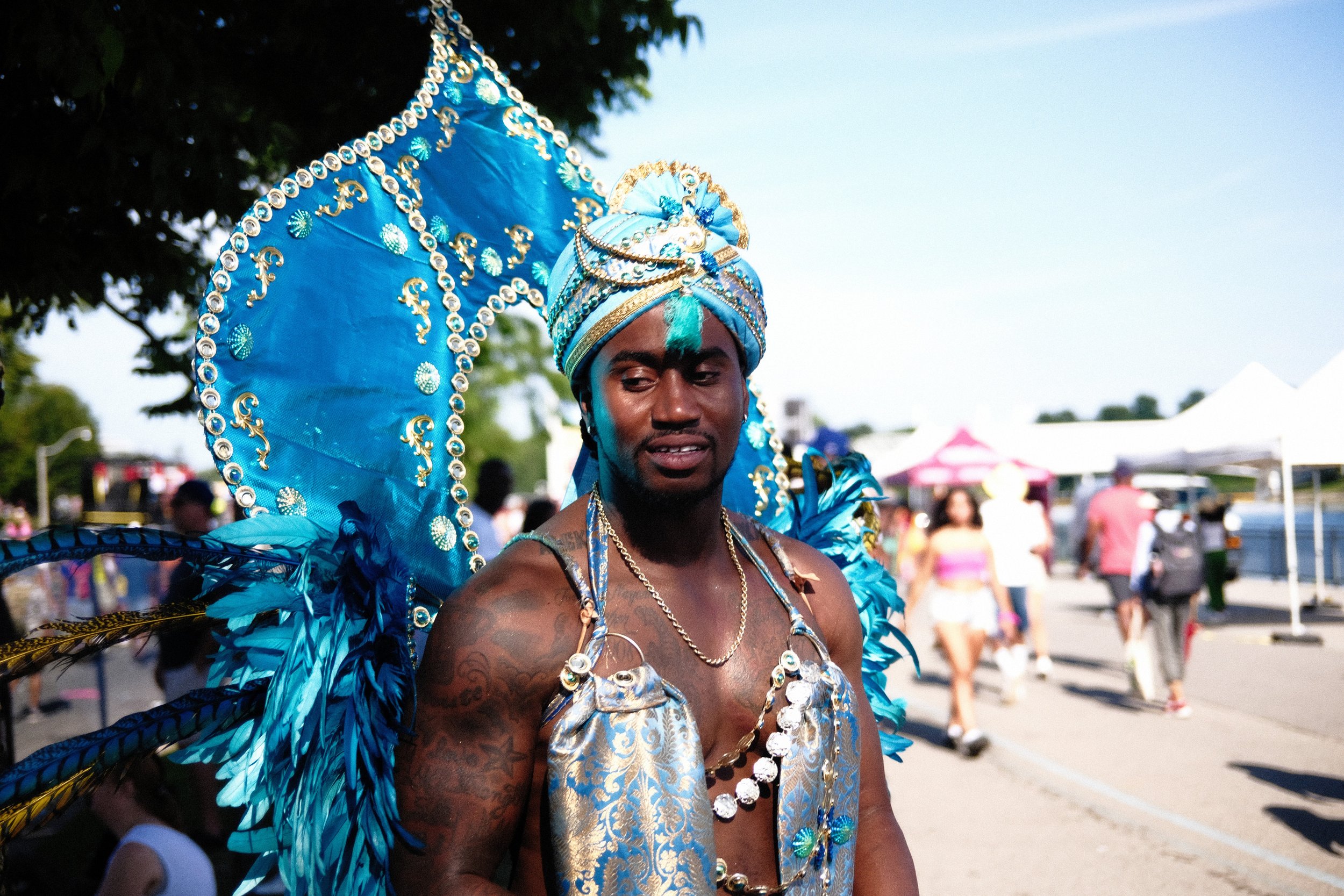
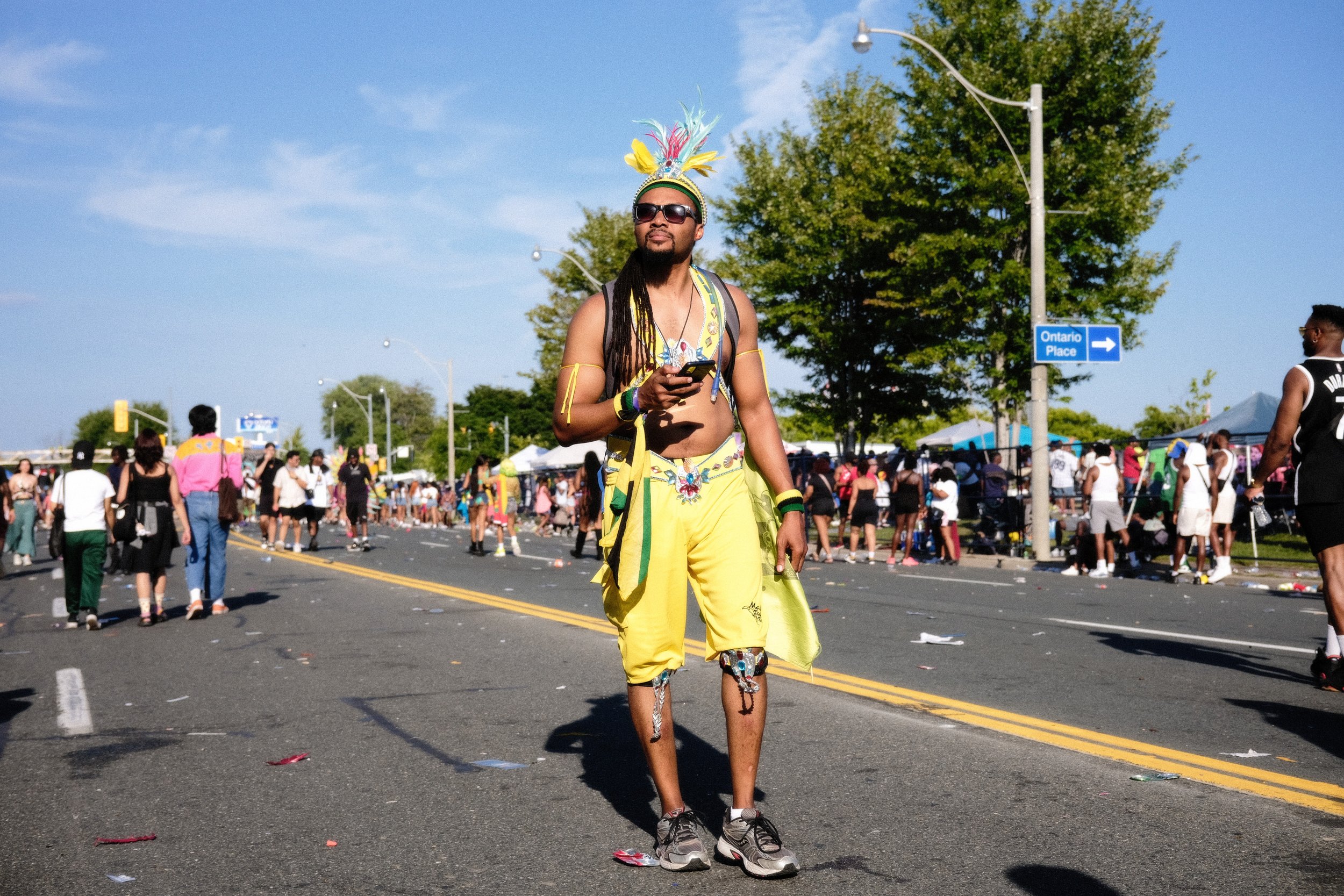
Photographing Caribana was more than just capturing images; it was an immersion into moments that might have otherwise slipped past me. Had I been merely a spectator, wandering amidst the revelry, many of these instances would have faded into the background. Sure, some shots were spontaneous, taken on the fly, but there were countless times when I paused. I engaged in conversations, delving into the stories of individuals, understanding the significance behind their costumes, and the narratives they chose to portray.
This event, in all its vibrancy, serves as a reminder of our cultural depth. It underscores the vastness of our shared heritage, the collective memories we hold, and the unyielding love and dedication that binds us. It's a testament to the unity that exists amidst diversity. In the midst of the music, and the dance, there's a singular message that resonates: We are one.
One love. One people.
O
The Art of Portrait Photography: What I know / Tips and Techniques
Greetings beloved,
Today, I’m going to speak briefly about the world of portrait photography. This will be the first of many visits to this avenue, and I thank you all for taking the time to sit back and check out my self proclaimed TED Talk.
Here I will attempt to break down my experiences with the art form, share a a few jewels of knowledge, and share a series of techniques I learned that can help step up your portrait game. This discussion will revolve around the nuances of studio photography, with a special emphasis on the different types of lighting: the dramatic strobe, the steady continuous, and the G.O.A.T of lighting: natural light.
Let me take you on a trip down memory lane, to the very genesis of my fascination with visual storytelling. As a youth, I found myself inexplicably drawn to a print that adorned the walls of my grandmother's living room. It was a piece by Norman Rockwell, titled "Before the Shot". This painting, a visual narrative of a young boy in a doctor's office, was a story frozen in time, and it had me utterly captivated. If I’m being honest I didn’t quite understand why my Grandmother had this in her living room. I always wondered “Why did she have this painting of this little white kid with his whole butt out?!!” Time went by and I would often stop and gaze at this painting, it become more interesting when I looked at it. My young mind wasn’t at the level to technically deconstruct it but something about that painting drew me in. Was it the lighting? Was it the subjects? Colors? I guess all of the above, It was a hype painting.
Before The Shot: Norman Rockwell
“If I’m being honest I didn’t quite understand why my Grandmother had this in her living room. I always wondered “Why did she have this painting of this little white kid with his whole butt out?!!”
Fast forward to the present day, and I find myself deeply entrenched in the world of visual storytelling. Portrait photography, for me, transcends the mere act of capturing a face. It's about encapsulating the spirit, the personality, the very essence of the subject. These are the things Rockwell did.
I am a self taught photographer, well not entirely. I also went to Youtube University (not a real place, so don’t @ me if you can’t find it.). Seriously speaking though, Youtube, and Skillshare have been great resources for learning techniques as well as a few books I tapped into. I’ll talk about that stuff in a future blog post.
One of the most formidable challenges in this art form is ensuring that the images are a true reflection of the subject. It's a task that extends beyond “just” capturing what's in front of the lens. If you can't establish a genuine connection with the subject, your images are likely to lack depth and emotion. But when someone looks at a portrait and says, "Damn, that’s shi… !" (kidding) “Damn, that looks like me.” - that's the moment you know you've truly hit the mark.
So, are you interested in some tips from my own journey? I won’t get too technical here and will mostly speak about simple concepts for everyone to follow. Here's what I've learned through my experiences:
THE TEN SHOT COMMANDMENTS…WHUT!
1. Keep Shooting and Experimenting.
Light is the lifeblood of photography. Experiment with it, play around with it. Observe how it alters the mood, the atmosphere. Try out different settings on your camera, and find the combination that works best for you.
2. Connect with Your Subject.
Truthfully this should be number 1 but we are here now so make them feel like they're an integral part of the process. Give them a glimpse of the magic that happens behind the scenes. This approach not only puts people at ease but also ensures a smoother flow during the session. I've found it particularly helpful to involve my subjects in creating mood boards. This transforms a potentially nerve-wracking experience into a collaborative endeavor.
A Passer By: A moment in between a shot with Dori
The most rewarding aspect of this art form? The opportunity to connect with people. Being able to create and capture these special moments - that's what makes all the hard work worthwhile.
3. Understand Your Lighting.
Each type of light - natural, strobe, continuous - brings a unique flavor to the table. Natural light, especially on an overcast day, reigns supreme, providing a balanced and detailed illumination. Strobe lighting offers clarity and detail, while continuous light imparts a soft, film-like quality when shooting digital.
4. Use the Golden Hour.
The golden hour, which occurs shortly after sunrise or before sunset, is a prime time for natural light photography. During this period, the sun is low in the sky, producing a soft, diffused light that can add a warm, golden tint to your photos. To make the most of the golden hour:
- Plan your shoot ahead of time. Know when the golden hour occurs and choose a location that's well-suited to the direction of the light.
- Experiment with different angles. The low angle of the sun can create interesting shadows and highlights.
5. Find Shade.
If you're shooting in the middle of the day when the sun is at its brightest, finding shade can help to soften the light and reduce harsh shadows on your subject's face. Here's how to use shade effectively:
- Look for open shade, such as the shadow of a building or tree. This can provide a more even and flattering light.
- Be aware of the color of the shade. Different surfaces can reflect color onto your subject, which can affect the overall color balance of your photo.
6. Use a Reflector.
A reflector can help to bounce light onto your subject, which can help to fill in shadows and create more even lighting. Here's how to use a reflector:
- Choose the right size and color of reflector for your needs. A larger reflector will spread the light out more, while a smaller one will give you more focused light. Silver reflectors will give you a cooler light, while gold ones will give you a warmer light.
- Position the reflector so that it bounces the light onto your subject in a flattering way. You may need to experiment with different angles to get the best result.
- If you're working alone, consider using a reflector stand or asking your subject to hold the reflector.
*If you don’t have one trust me it’s all good. Alternatively, you could use a white illustration board or any large white surface.
7. Position Your Subject.
The way your subject is positioned in relation to the light can have a big impact on how they look in the photo.
- If the light is coming from the side, it can create interesting shadows and highlights that add depth to your subject's face.
- If the light is in front of your subject, it can create a flat lighting effect that's very flattering for portraits.
- Use your environment to create shadows, or interesting foreground elements.
8. Adjust Your Camera Settings.
Depending on the lighting conditions, you may need to adjust your camera settings. Here's how:
- If the light is low, you may need to increase your ISO to make your camera more sensitive to light. Just be aware that a higher ISO can also increase the amount of noise in your photo.
- If the light is very bright, you may need to decrease your shutter speed to let in less light. Just be careful not to go too low, or you could end up with motion blur.
- You can also adjust your aperture to control the depth of field in your photo. A wider aperture (lower f-number) will give you a shallower depth of field, while a narrower aperture (higher f-number) will give you a deeper depth of field.
9. Post-Processing.
Don't forget about post-processing. You can use editing software like lightroom, photoshop, and etc. to adjust the exposure, contrast, and other aspects of your photos to enhance the image’s light quality. Here's how:
- Use the exposure slider to adjust the overall brightness of your photo.
- Use the contrast slider to adjust the difference between the dark and light areas of your photo.
- Use the highlights and shadows sliders to adjust the bright and dark areas of your photo separately.
- Use the white balance tool to adjust the overall color balance of your photo. This can be especially useful if you were shooting in shade or golden hour and the color of the light has affected the color of your photo.
You don’t really need anything super professional. There are so many apps these days you can use on your phone if you don’t use a desktop.
10. Have Fun.
Sounds cliche, but it can be easy to forget especially for those who want to do this professionally. It’s good to remember why you started this in the first place. Find ways to branch out of your comfort zones. Try shooting different things, or use a different camera’s to keep your brain stimulated. Even for certain periods take a break from it. In the down times you will still and always remain a creative person. Living a life directly affects what you produce artistically.
Until next time beloved.
O
Rediscovering Photography: My Journey into the World of Film
Introduction
In the depths of the 2020 lockdown, I found myself yearning for a spark of inspiration. As a portrait photographer, the isolation and restrictions had begun to incredibly stifle my creativity and to be honest it really began to bum me out. So I pondered what could I do to get out of this rut. I didn’t really have any definitive answers at the time. I spent a lot of my hours doing the thing that is often not recommended, playing video games and watching random YouTube videos haha. Luckily the all powerful and ever knowing internet was feeling my vibes and the algorithm on YouTube started to become more populated with content creators and photographer videos. I started learning about the process of other creatives and being put on to some I still follow to this day. The ones that stood out the most were the creatives that exclusively worked with film. That’s when I decided to explore the world of film photography, a move that not only reignited my passion but also transformed my approach to capturing images.
Film photography, with its tactile nature and deliberate process, offered a new avenue to explore, a new skill to unlock. Over the next year, I gained more XP, and experimented. I Also bought several film cameras. I won't lie, it was also a form of retail therapy that I’m still addicted to this day (insert face palm emoji here).
Inspirations
My journey was guided by the works of several film photographers and YouTube content creators. Vuhlandes and Willem Verbeeck, in particular, had a profound impact on my approach to film photography. Their work, their passion, and their unique perspectives were a constant source of inspiration as I navigated my way through the nuances of film. Still take everything you hear with a grain of salt. End of the day your journey and discovery should be your own.
A New Toy
My entry into film photography began with the Mamiya RB67, which quickly became one of my favorite cameras. There was a bit of a learning curve, but it wasn't too steep, especially with the wealth of resources available online to guide me. I had always been intrigued by medium format, and the Mamiya RB67 seemed like the perfect starting point. Admittedly, I could have started with something simpler, but it was lockdown, and all I had was time. In hindsight, for those starting in film photography, I would suggest going with a 35mm camera. But hey, where's the fun in taking the easy route, right?
Since then, my collection has grown to include the Pentax km, Fuji gw690 ii, and an Olympus Stylus. Each camera, with its unique features and quirks, has added a new dimension to my photography. I'll delve deeper into these cameras in future posts.
IT’S A BEAST
The Mamiya RB67, a professional medium format single-lens reflex (SLR) camera, is a bit of a heavyweight champion in the photography world. Introduced in 1970, this camera has a modular system, meaning you can swap out lenses, viewfinders, and film backs as you please. It's like a Transformer, but for photography!
The "RB" in its name stands for "Rotating Back". This means you can easily switch between portrait and landscape formats without having to perform a gymnastic routine with your camera. The camera is fully mechanical and doesn't need batteries, which is great news if you're out in the wild or if you've simply forgotten to pack some spares.
The Mamiya RB67 uses a bellows focusing system, which might sound complicated, but it's just a fancy way of saying that you adjust the focus by extending or retracting a flexible "accordion" part of the camera. This gives you a lot of control over your focus, which is perfect for getting those sharp, professional-looking shots.
This camera accepts 120 and 220 film, with interchangeable film backs for 6x7cm or 6x4.5cm exposures. So, whether you're shooting sweeping landscapes or intimate portraits, the Mamiya RB67 has got you covered.
Just remember, this camera is a bit of a beast, weighing in at around 2.69 kg (5.9 lb). But hey, who needs a gym membership when you've got a Mamiya RB67, right?
Image: “Tata Gabor” Shot on the Mamiya RB67. Kodak Portra 800
Favorite Film Stocks
Choosing a favorite film stock is like choosing a favorite child, but if I had to, I'd pick Kodak Portra 800, Fuji 400h Pro, and Cinestill 800T. The grain of the Kodak Portra 800 adds a beautiful texture to the images, the Fuji 400h Pro offers stunning color reproduction, and the Cinestill 800T brings a cinematic quality that's hard to resist.
WHAT ARE THEY ABOUT?
Kodak Portra 800 is a color negative film that is well-regarded for its fine grain and natural skin tones. It's a popular choice among portrait and wedding photographers.
Fuji 400H Pro is a professional-quality, high-speed, daylight-type, fine-grain, color negative film, suitable for a wide range of applications, such as portrait, wedding, and fashion photography, especially under fluorescent lighting. It is also known for its excellent skin tone reproduction.
CineStill 800T is a unique film for still photographers. This 800 speed tungsten balanced color negative film is prepared from the same motion picture film stock used by top cinematographers around the world. This film is designed for difficult low light tungsten situations and may be used in many different lighting situations to achieve a variety of looks.
THOSE COLORS THO!
Kodak Portra 800 is known for its fine grain and natural skin tones. It has a high speed (ISO 800), which makes it ideal for low-light situations. Despite its high speed, the film maintains excellent color saturation and low contrast, which is a unique characteristic among high-speed films.
Image: “Wise Guy” Shot on the Mamiya RB67. Kodak Portra 800
THE SWEETER THE BERRY
Fuji 400H was first introduced by Fujifilm, a Japanese multinational photography and imaging company. The "H" in 400H stands for "High Definition". The film is known for its unique color palette, which tends to emphasize cooler tones—blues and greens—while maintaining natural-looking skin tones, particularly darker skin tones <3
The film has a nominal sensitivity of ISO 400/27°. It incorporates Fujifilm's proprietary 4th color layer technology, which provides incredibly fine grain, natural-looking images with a beautiful, soft color palette. This technology also helps to optimize color reproduction under various light sources.
Unfortunately this film was discontinued in 2021, which led to a surge in demand and prices for remaining stocks. This was due to the decline in the market demand for this product and difficulties in procuring the raw materials needed to produce it.
Image: “TBTB” Shot on the Mamiya RB67. FUJI 400H
CINEMATIC FEELS
CineStill 800T, a creation of the Wright brothers, Brian and Brandon, is a unique film stock designed for tungsten light, common in indoor and night settings. It's essentially a modified Kodak Vision3 500T cinema film, treated to remove the rem-jet backing for safe C-41 processing. This removal results in a unique halation effect, creating a soft halo around bright light sources, contributing to its cinematic appeal. With an ISO of 800, it's perfect for low-light scenarios but can be adapted for daylight with a warming filter. Known for its fine grain and wide dynamic range, CineStill 800T offers a distinct, cinematic look, making it a favorite among photographers seeking a unique aesthetic.
Image: “24hrs” Shot on the Pentax KM RB67. Cinestill 800T
The Impact of Film Photography
Film photography has been more than just a new medium for me. It has taught me patience, made me more mindful of my compositions, and deepened my understanding of the technical aspects of photography. The anticipation of waiting for the film to develop, the joy of finally seeing the images, the surprise of discovering an unexpected shot - these are experiences unique to film photography. And they have greatly enriched my work and my approach to photography.
Why Film Photography?
In this digital age, film photography may seem like an anachronism. But its resurgence among photographers around the world is a testament to its everlasting appeal. It can be a little…well VERY expensive spending on how much you shoot, but he pros in my humble opinion are the tactile experience, the unique aesthetic, the deliberate process - these are aspects of film photography that digital just can't replicate. I believe that anyone who is passionate about photography should explore film. It's not just about creating images; it's about experiencing the process of creation, and for over thinkers like me this is a welcomed moment for focus and meditation.
Conclusion
My journey into film photography has been a revelation. It has not only reignited my passion for photography but also reshaped my perspective. It has taught me to slow down, to be more deliberate, and to truly appreciate the art of creating images. And for that, I am grateful.
Until Then,
O
A New Chapter: Capturing Transformation Through Creative Portrait Photography. A Day w/Deniz
In this blog post, I'll be exploring my journey in creative portrait photography, focusing on a project I did with a client and now friend Deniz Ural. Our collaboration began at a pivotal moment in Deniz's life as she was transitioning into a new career path, a journey filled with optimism, creativity, and a sense of liberation. To symbolize this fresh start, Deniz had jokingly said it was time to "chop" her hair off. She sought portraits that would encapsulate this exciting new chapter, and I was here for all of it!
A Collaborative Journey
Often In my work with clients, I view our time together as more than a service transaction; I see myself as a creative companion and collaborator. This approach was fully embraced in my project with Deniz. Together we created a mood board, exchanged ideas, and found ourselves in a state of creative synergy, often surprised by the similarities in our thoughts and concepts.
“Starlet” w/ Deniz Ural 2022
Deniz had a clear vision for her portraits, desiring to encapsulate a sense of timelessness, femininity, and power. She had a specific preference for black and white images, although I couldn't resist sneaking in a few color shots. A valuable tip from a friend, Tala K, led us to Fitzroy Rentals in Toronto, where we found some fantastic outfits. These were further enhanced by a selection of accessories that Deniz brought along. Despite the time constraints, we managed to capture a solid amount of outstanding shots during our few hours together.
The Gear and Techniques
For this photoshoot, I utilized the Sony a7III camera, paired with the Tamron 70mm-180mm and 28mm-75mm lenses, both known for their lightness and versatility. When it came to lighting the Tuxedo outfit, I used 3 Profoto D1 strobes, two of which were used to light the backdrop, and one was directed at the subject. This key light was modified with a Profoto RFi Octa Softbox (4'), positioned at a 45-degree angle, slightly above her head. This setup, known as Loop Lighting, was used to cast a shadow on the side of her face and obscure her eyes, particularly for the “Lady LaMancha”. For the second set featuring the "Dreaming" concept, I kept it real simple, using just one D1 strobe equipped with a magnum reflector which amplifies the light from the strobe by 1 stop.
“Lady Lamancha” w/ Deniz Ural by Omii Thompson. Outfit The Roland Tuxedo Jumpsuit designed by Jay Godfrey from Fitzroy Rentals Toronto, Canada.
The Final Product
This project was a valuable learning experience, particularly in manipulating light to evoke specific moods. The photoshoot resulted in two distinct sets of images: one set was high key, “powerful”, and a Vogue-like magazine feel, while the other had a moody, atmospheric quality reminiscent of 1920s films, like back in the day, Hollywood starlet, "Sophia Lauren Vibes". The thrill of the day was the creative experimentation that took place in the studio.
“Dreaming” w/ Deniz Ural by Omii Thompson. Outfit The Moonlight Gown designed by Gemy Maalouf from Fitzroy Rentals Toronto, Canada.
Overall, it was a great day of collaboration and creativity. Working with Deniz was a pleasure, and I'm grateful for the opportunity to be a part of her journey.
Until Then,
O
Capturing Future Visions: My Experience with the Memory Work Collective and the Influence of 'The Dramatic Portrait'
The Memory Work project is a mural situated at the western entrance to The Bentway. It consists of twelve embellished photographic portraits of revolutionary women and non-binary figures from a future Toronto. The project was initiated by the studio From Later, artist Rajni Perera, and the Memory Work Collective. It imagines a city characterized by collective care and politics that value nurturing over growth.
In the world of photography, every project is a new journey, a fresh opportunity to capture moments, tell stories, and create art. One such journey that stands out in my career is my collaboration with the Memory Work collective on a mural project situated at the western entrance to The Bentway. It consists of twelve embellished photographic portraits of revolutionary women and non-binary figures from a future Toronto.
The project was initiated by the studio From Later, artist Rajni Perera, and the Memory Work Collective. It imagines a city characterized by collective care and politics that value nurturing over growth. The people depicted in these portraits belong to a group known as the Mothers of Invention (MOI), pronounced like the sound of a kiss. They are revolutionary scientists, healers, creators, entrepreneurs, engineers, and organizers.
I was brought onto the project by the talented artist Rajni Perera. As the photographer, I had the privilege of collaborating on the art direction, including poses and lighting.
The Crew.
In order of appearance from left to right; Macy Siu, Rajni Perera, Dori Tunstall, Tala Kamea, and Naomi Skwarna.
The Gear I Used
The portraits were shot using the Sony a7iii, with a Tamron 70mm-180mm lens. For lighting, I used two sources: the Godox 400AD as my key light and a Neewer 300w as a hair light and highlight.
Regarding the Sony A7iii, it’s a full fame beast. I won’t get into it so IYKYK!
The Godox 400AD, known for its compact size and high power output, was my key light. Its compatibility with various light modifiers made it a versatile choice for this project. The Neewer 300w, appreciated for its affordability and reliability, served as a hair light and highlight, providing additional illumination and helping to separate the subject from the background.
Illuminating Artistry: Embracing Challenges and Harnessing Light in the Style of the Masters
One of the challenges was shooting the subjects in a way that mimicked fine art paintings to work seamlessly with Rajni’s style. This required a heavy reliance on lighting techniques and posing, with artist references including Rajni Perera and Peter Paul Rubens. Here, I found Chris Knight's book, "The Dramatic Portrait: The Art of Crafting Light and Shadow," to be an invaluable resource. Knight's exploration of light, shadow, and portraiture, along with his discussions on the qualities of hard and soft light, the relationships between light, subject, and background, and lighting patterns such as Paramount, Rembrandt, loop, and split, greatly influenced my approach to this project.
The individuals in the portraits are represented in photographs. They are (Miranda) Shou, Cheyenne Sundance, Zanette Singh, Dori Tunstall, Mecha Clarke, and Jennifer Maramba Xiyao. Each is a leader spearheading change in their community, a present-day seed of the character they portray, prefiguring a transformed city.My love for fine art portrait photography played a significant role in this project. I have always enjoyed combining my love of painting and illustration with photography, and this project was a perfect opportunity to do just that. In future posts. Some samples below of my earlier visit to fine are portraiture.
All images were created in 2019
Beyond Collaboration: The Transformative Journey with the Memory Work Collective
Working with the Memory Work collective was an honor and a learning experience. I was in awe of everyone's creativity and input, and I appreciated how well we all worked together. Not one moment dragged on with this crew.
Each figure in the portraits wore their own apron, designed by Tala Kamea (Right) and Naomi Skwarna (Left). These aprons served as a distinctive uniform that was both protective and decorative, offering clues to the values, aesthetics, and labor of their time. The impact of the project didn't hit me until much later. The imagination and forecasting of this possible future conceived by From Later Studio and Rajni were immense. Almost a year later, seeing the scale of the mural was humbling, scary, and exciting. I had never worked on anything of this scale before, and it was a transformative experience.
This project was more than just a job; it was a journey into a possible future, a testament to the power of creativity, and a reminder of the transformative potential of art. It also underscored the point that even a project of this size doesn't necessarily require expensive gear, and that a lot can be achieved with a little. I look forward to sharing more about this project and others in future posts.
Until then,
O
My POV: From Animation to Apertures - My Journey into Photography
I hope you'll join me as I continue to chase the light…
Hey, and welcome to my blog. My name is Omii Thompson. I am primarily a portrait, and editorial photographer, but my journey into this field is far from ordinary.
Before I found my calling in photography, I was an animation designer, creating characters and storyboarding for television. This career, while fulfilling in its own right, turned my passion for drawing into a 9-5 grind, and I felt that the freedom of my creativity was being stifled. So, in 2018, I decided to take a leap of faith and transition into photography.
The shift was not without its challenges. While there were many transferable skills from animation to photography, such as understanding composition, lighting, and visual language, I found myself grappling with technical camera skills and understanding light in both studio and outdoor environments.
However, the challenges were also accompanied by a newfound love - a romance with portrait photography. I started in the studio, but as I grew more comfortable and adventurous, I began shooting outdoors. This led me to include street photography in my repertoire, a genre that was initially daunting but eventually became liberating and fascinating.
In this blog, I won't necessarily post in chronological order. Instead, I'll share my experiences and insights based on feeling and personal preference. I'll show examples of my work and share stories from my journey.
The WestenD_r: My First Zine
One of the most transformative experiences during this journey was creating my first zine, "The Westend_r," during the Covid lockdowns. Initially intended to focus on style and fashion, it evolved to reflect themes of isolation and emptiness, mirroring the general mood of the lockdowns in Toronto. This project helped me conquer my fears and taught me the power of connecting with people and places I usually wouldn’t.
Not Here for “Perfection”.
One of the most valuable lessons I've learned along the way came from an unexpected source during my college years. In my third year, I had an amazing figure drawing teacher named Gerry Zeldin. Gerry was a bit like Einstein, but for drawing. He had this unique way of observing and understanding art that was truly inspiring.
I remember one particular class where Gerry was walking around, observing us as we drew the model. I was incredibly nervous, especially because I had set out to draw the "perfect" pose to impress him. My hands were blackened and damp from the sweat of my palms mixing with the charcoal I was using. I thought to myself, "This is it, I think I finally did it, I impressed him!"
Gerry finally approached my station and paused. He took one look at my newsprint, then at me, and said, "Omii, You’re making my teeth hurt, you’re too tight!" I was taken aback. Here I was, trying to create the perfect drawing, and my teacher was telling me I was too rigid. I was like "damn...".
That comment stuck with me. It made me realize that the pursuit of perfection can be stifling, leading to unfinished work and disappointment. As I ventured into photography, I’ve been learning to manage that impulse. Sometimes you have to take 100 “bad” frames before you get the “good” one.
So, here's to the journey, the learning, the bad frames, and the good ones. I hope you'll join me as I continue to chase the light.
Until then,
O





